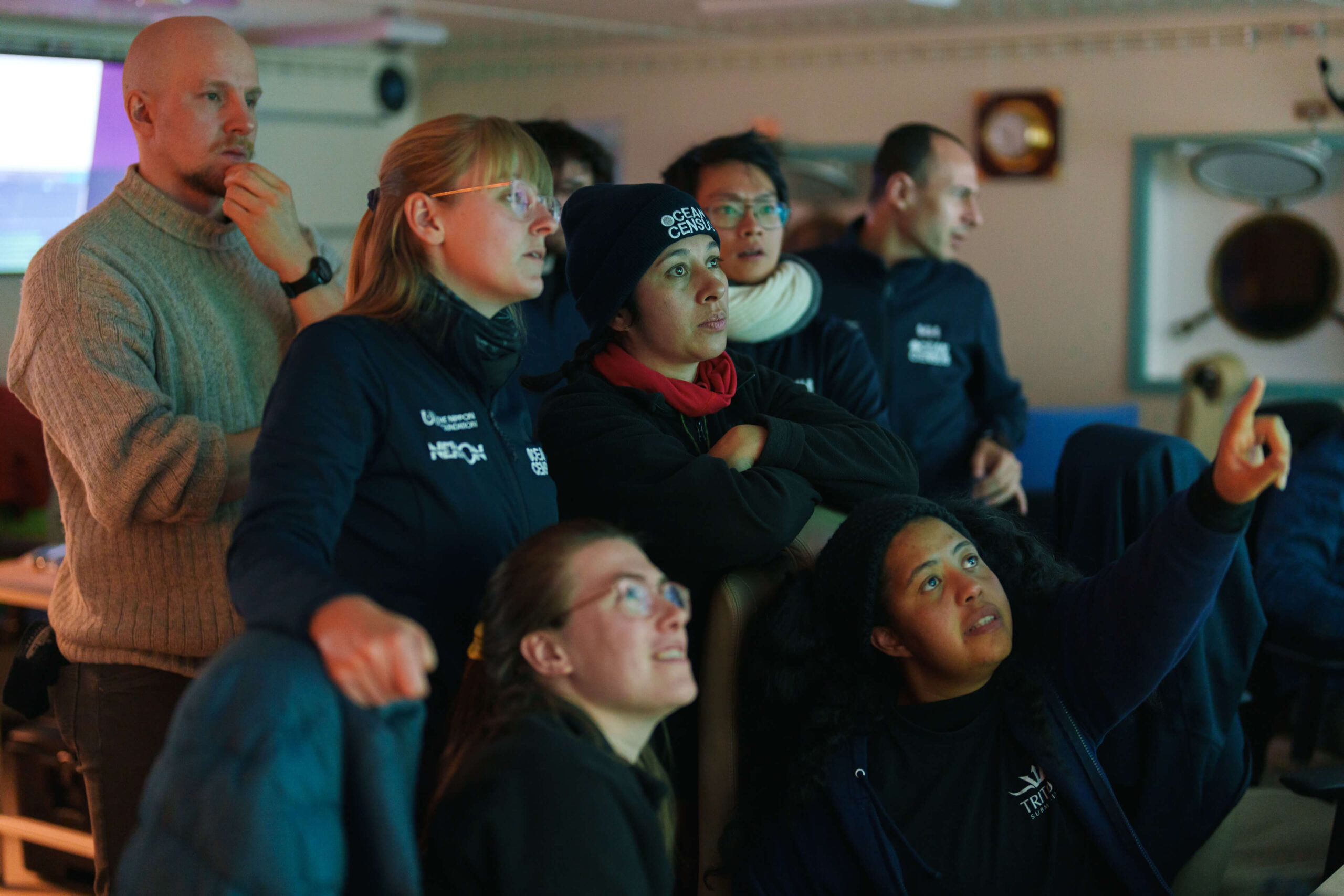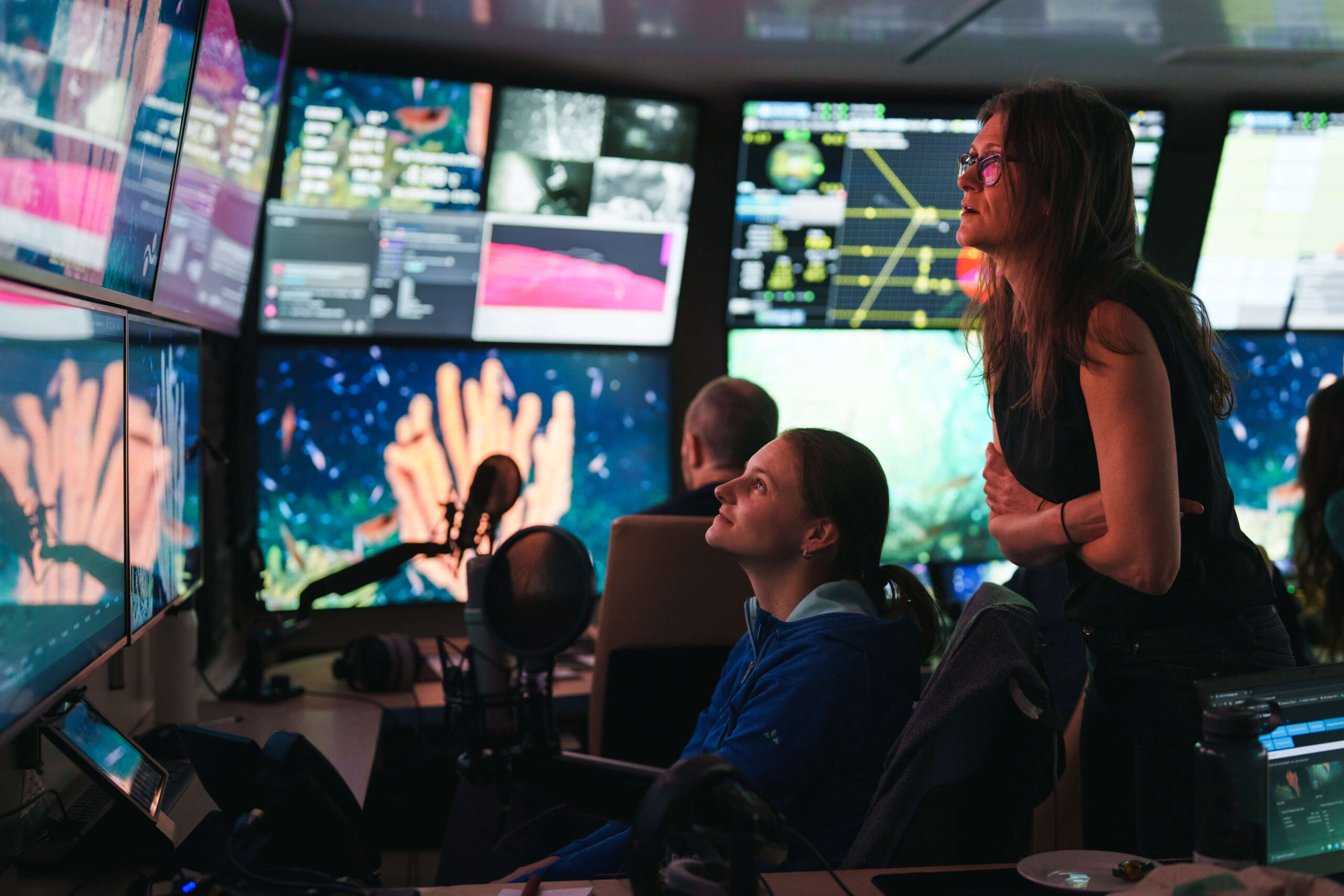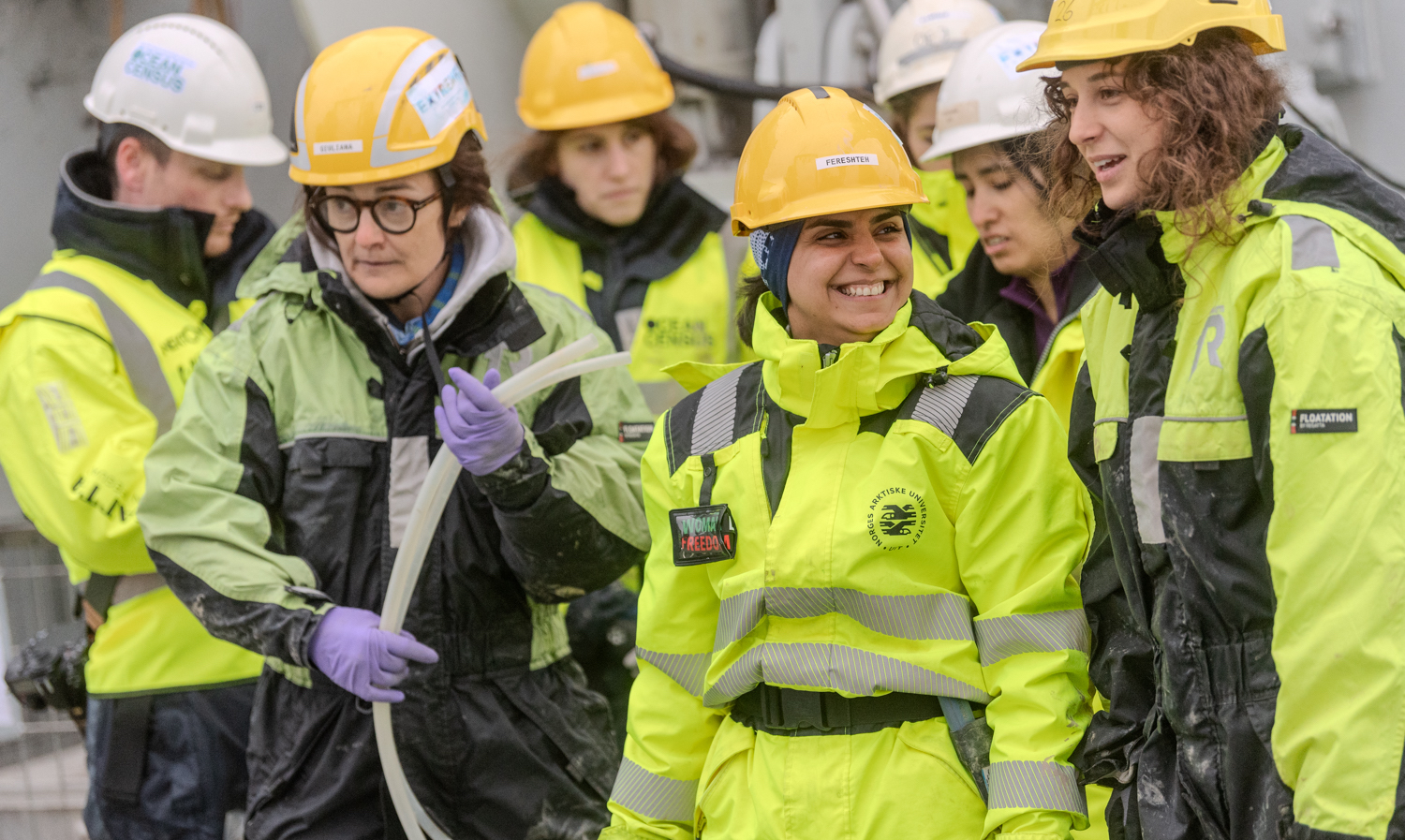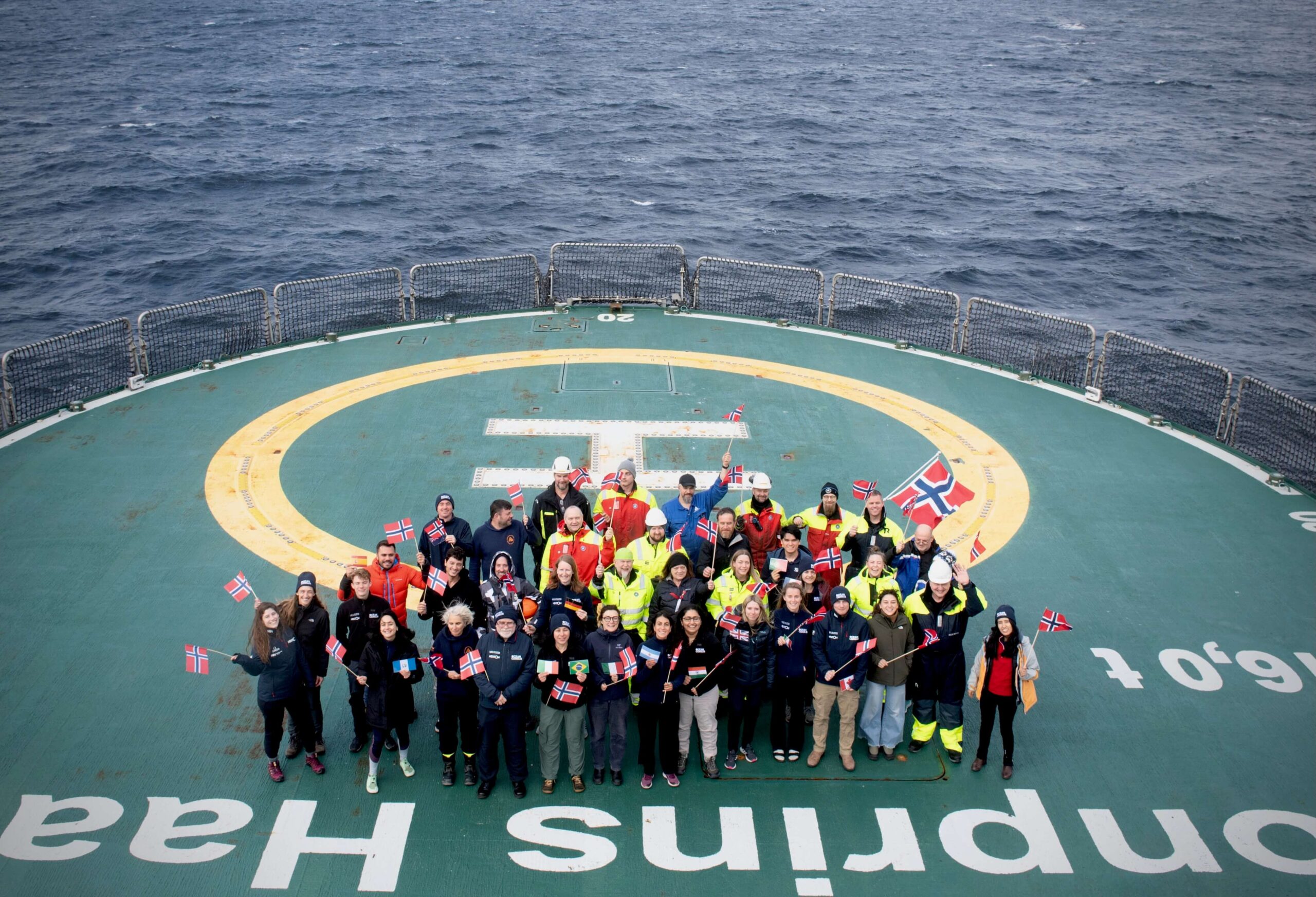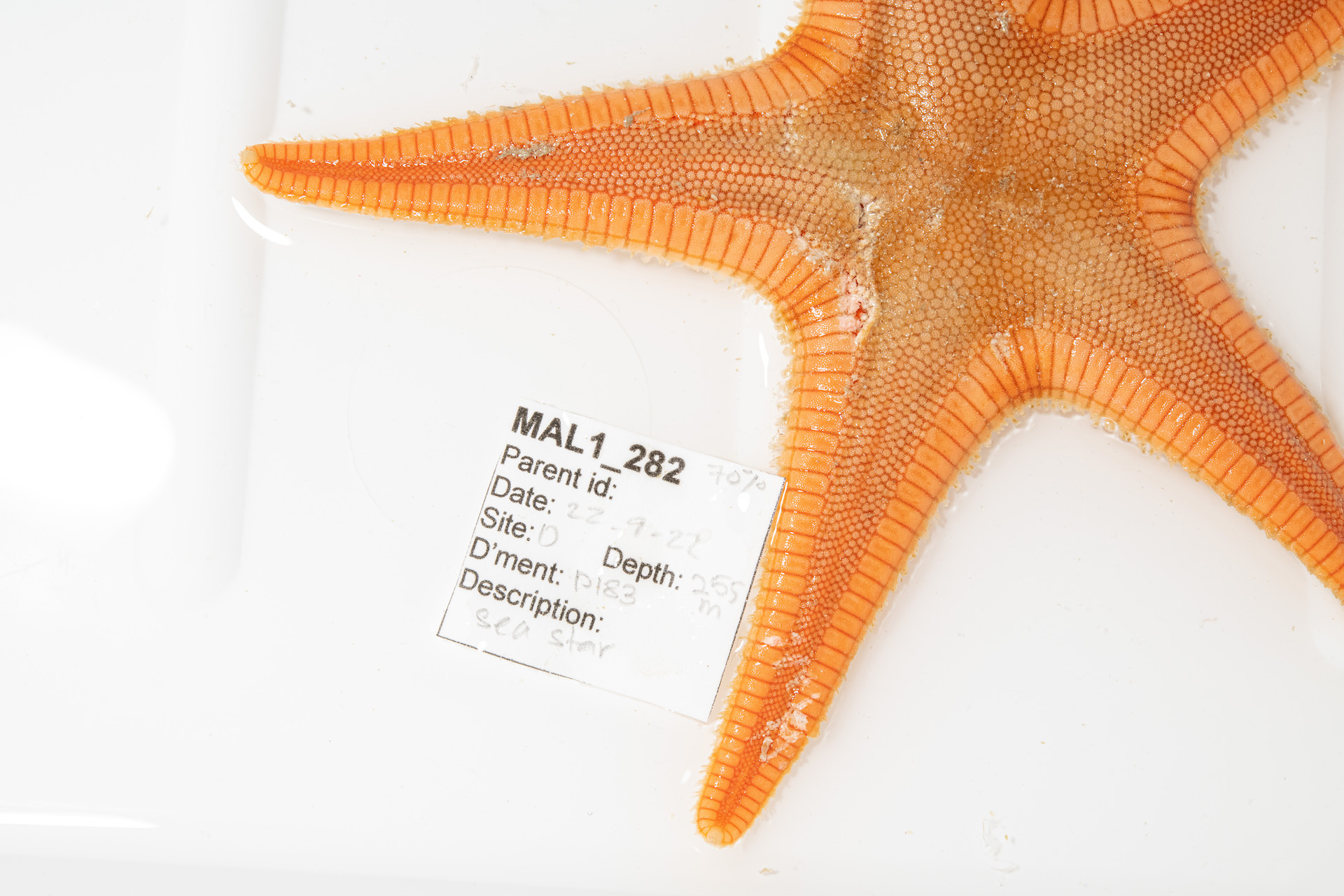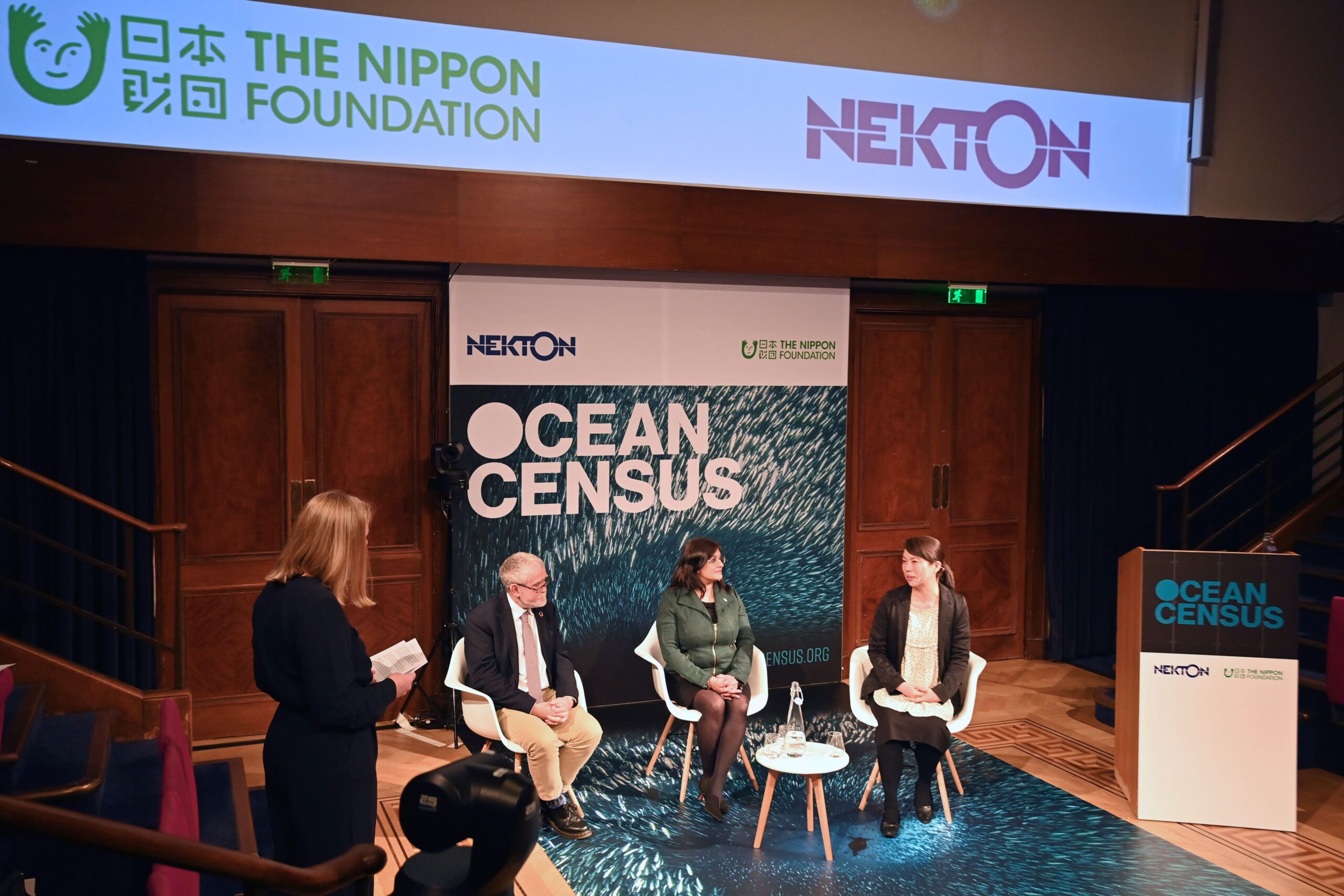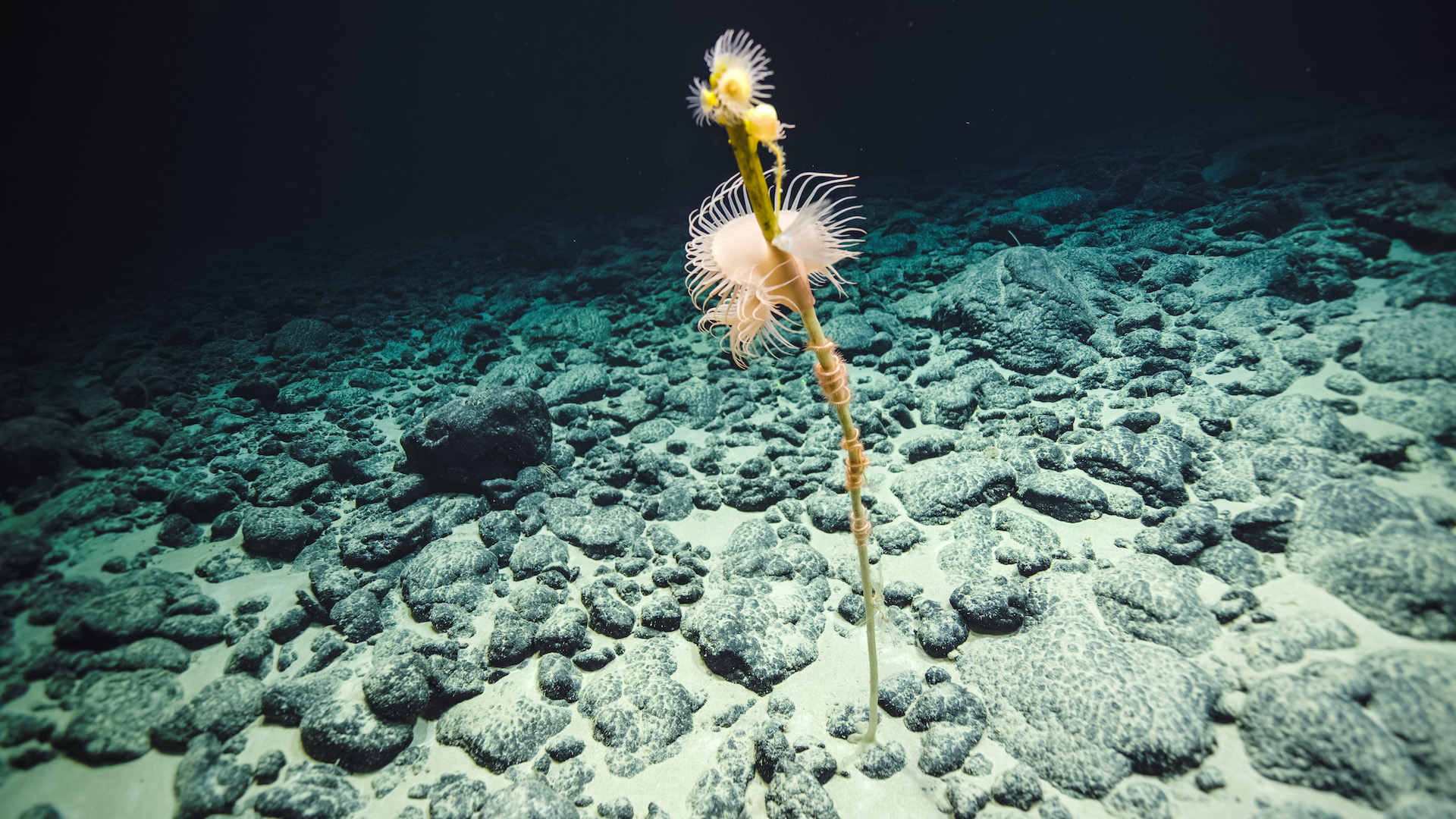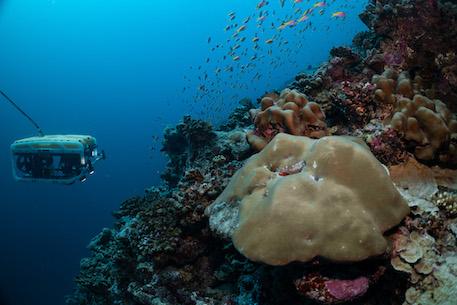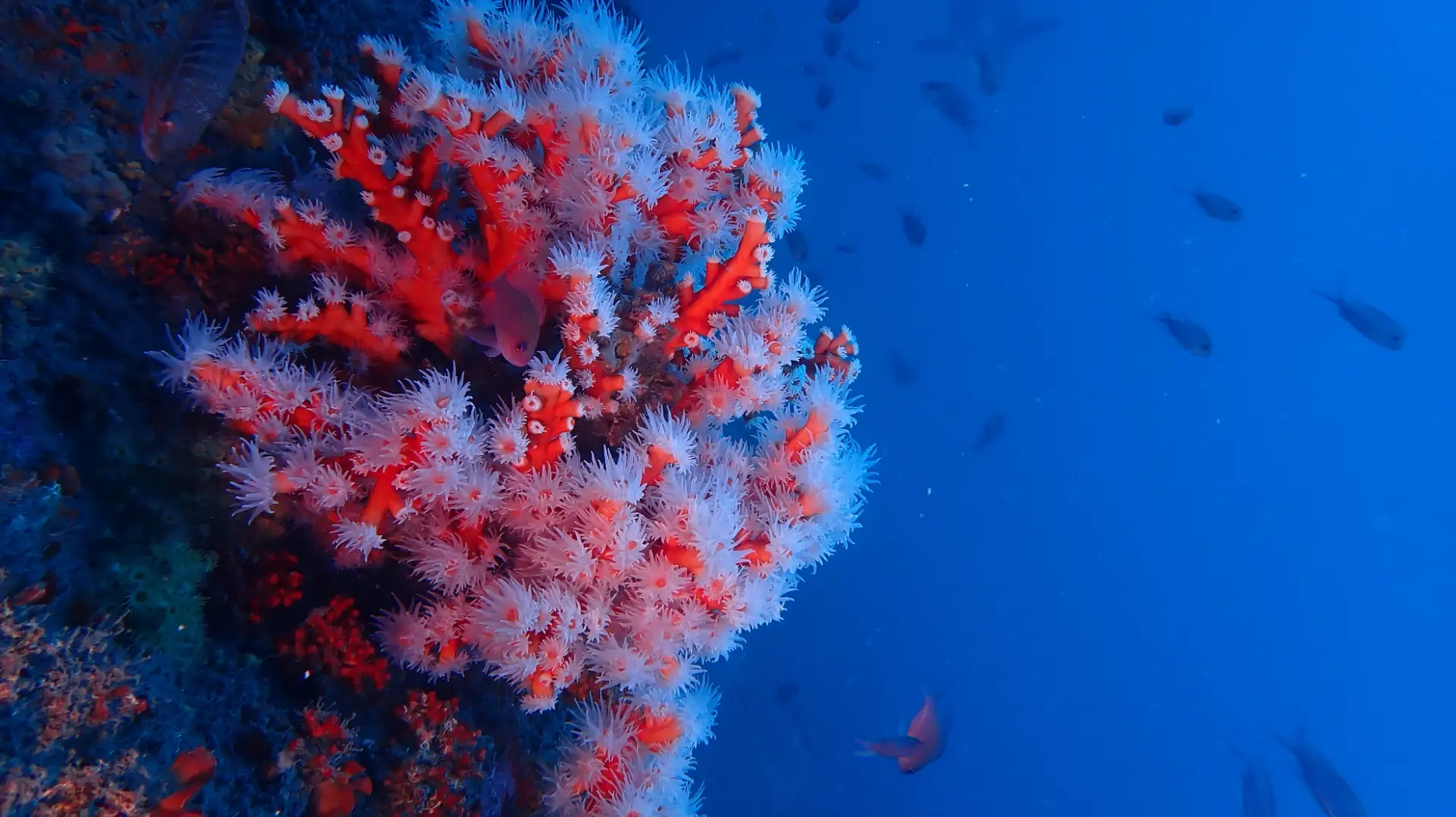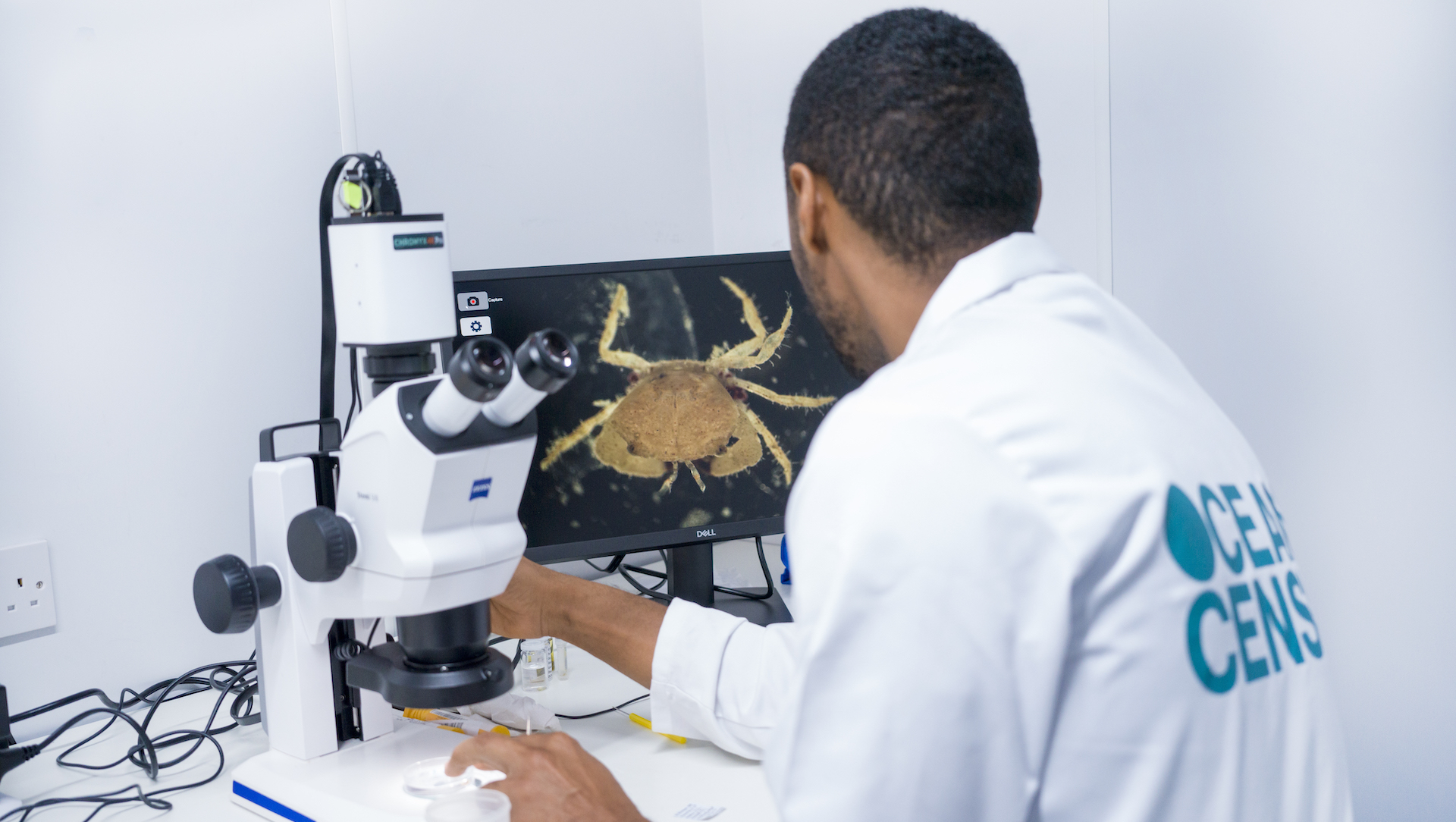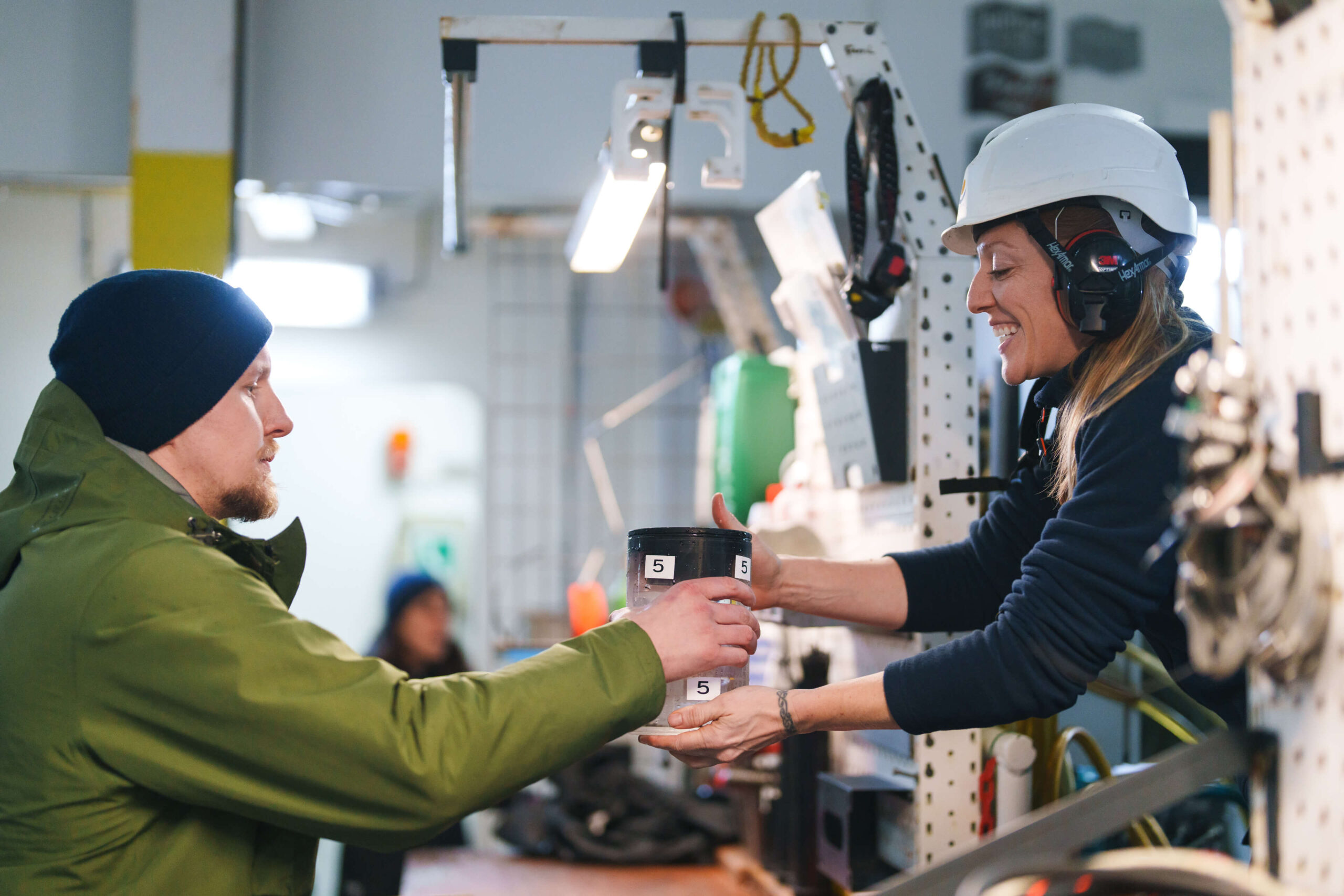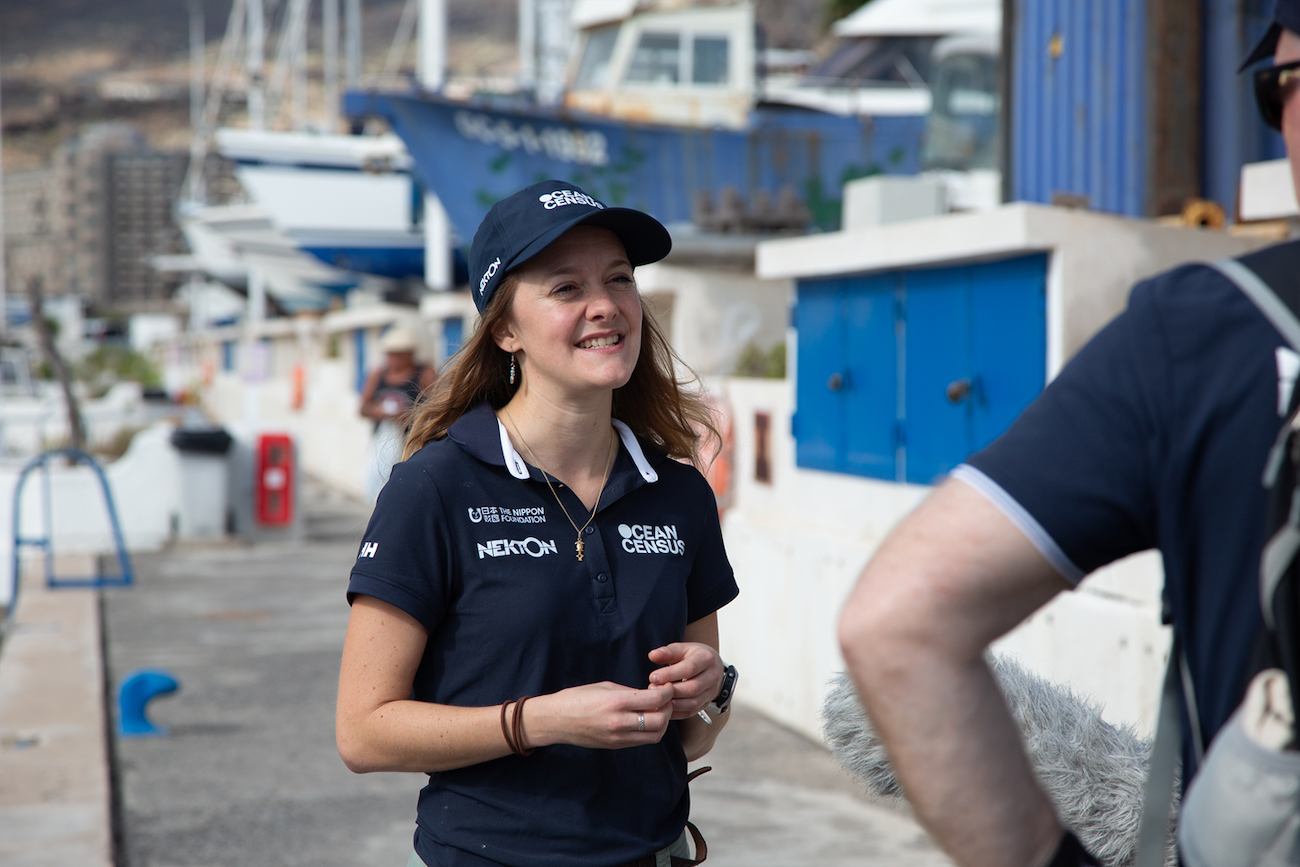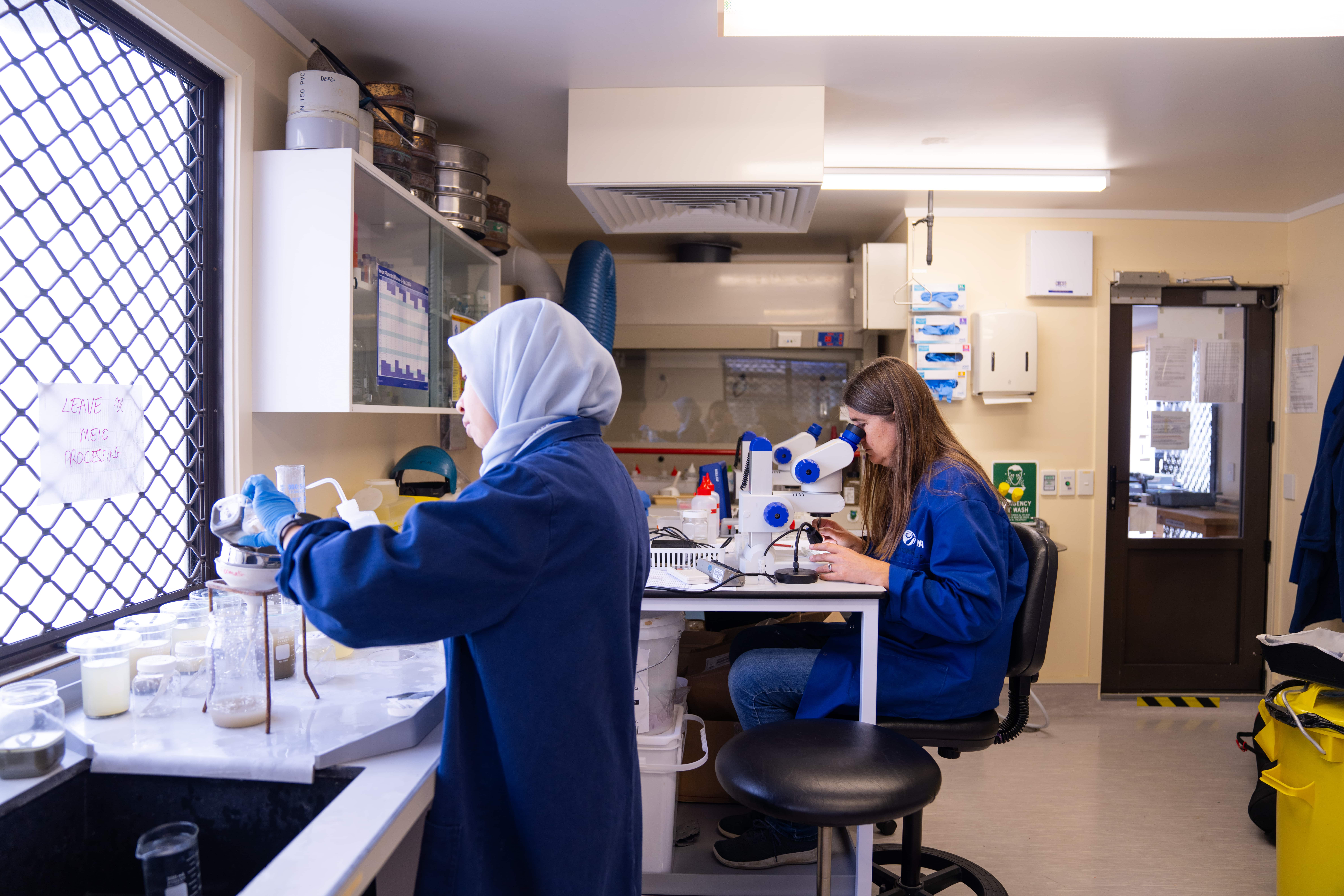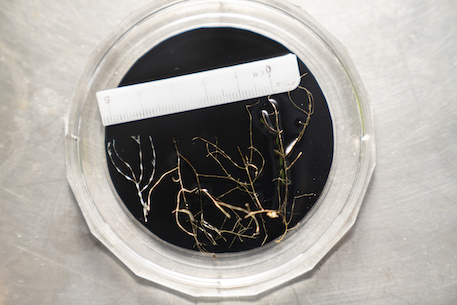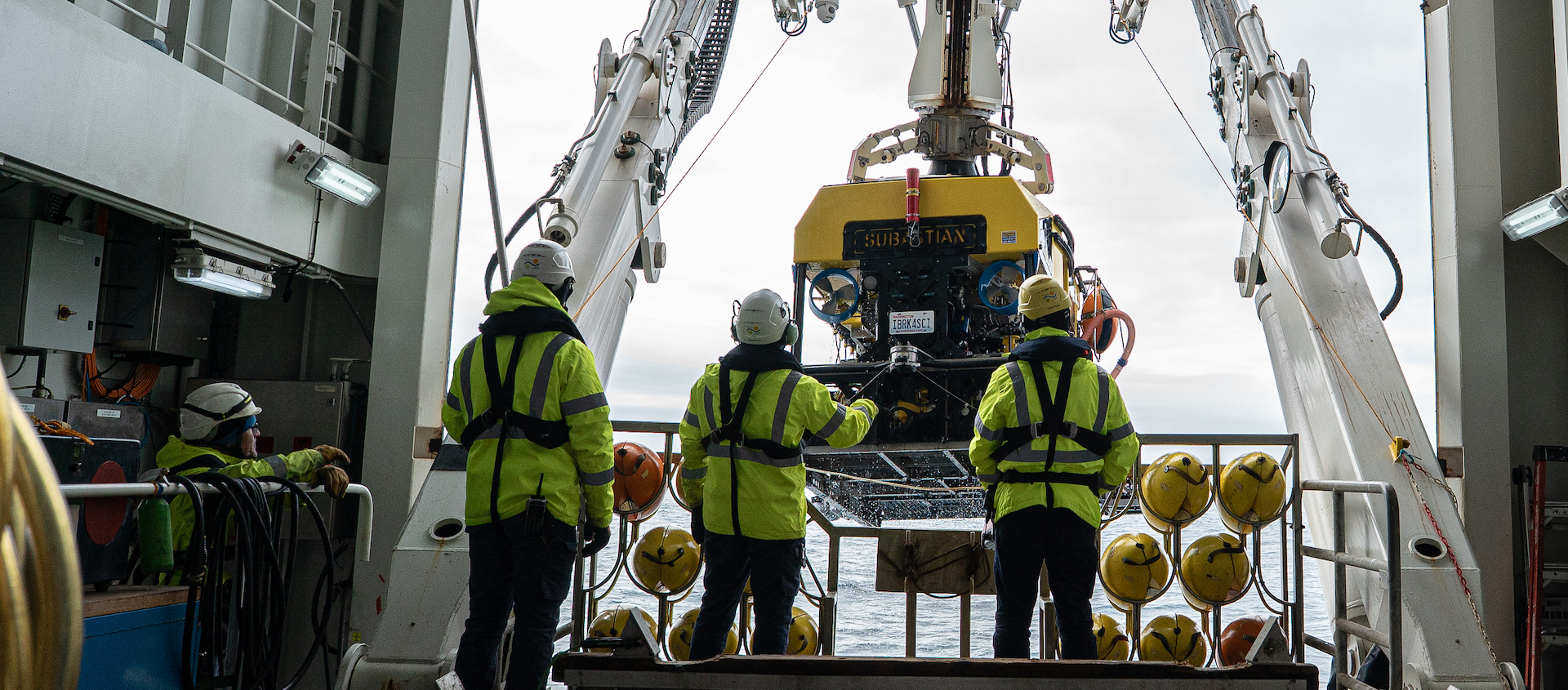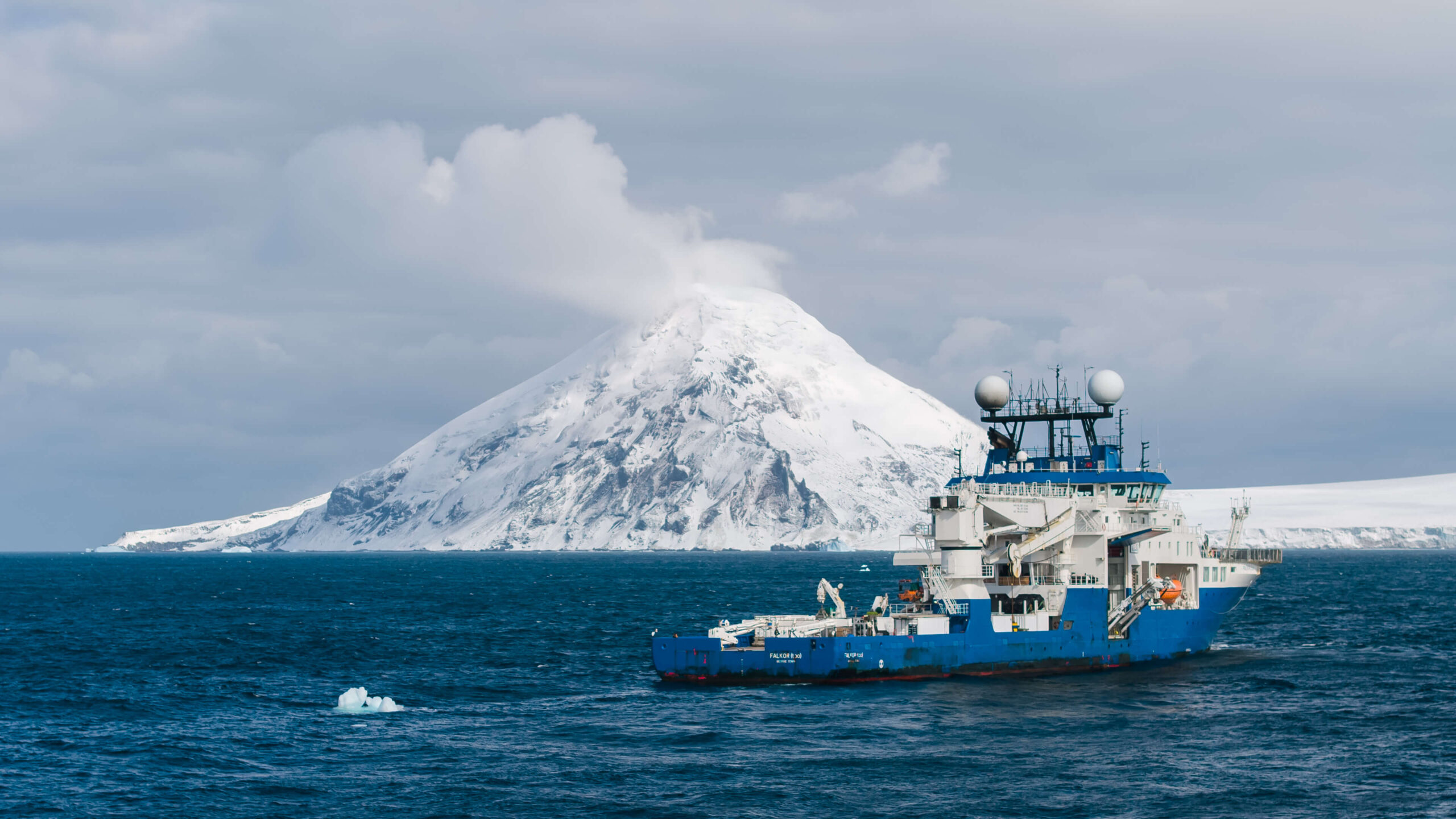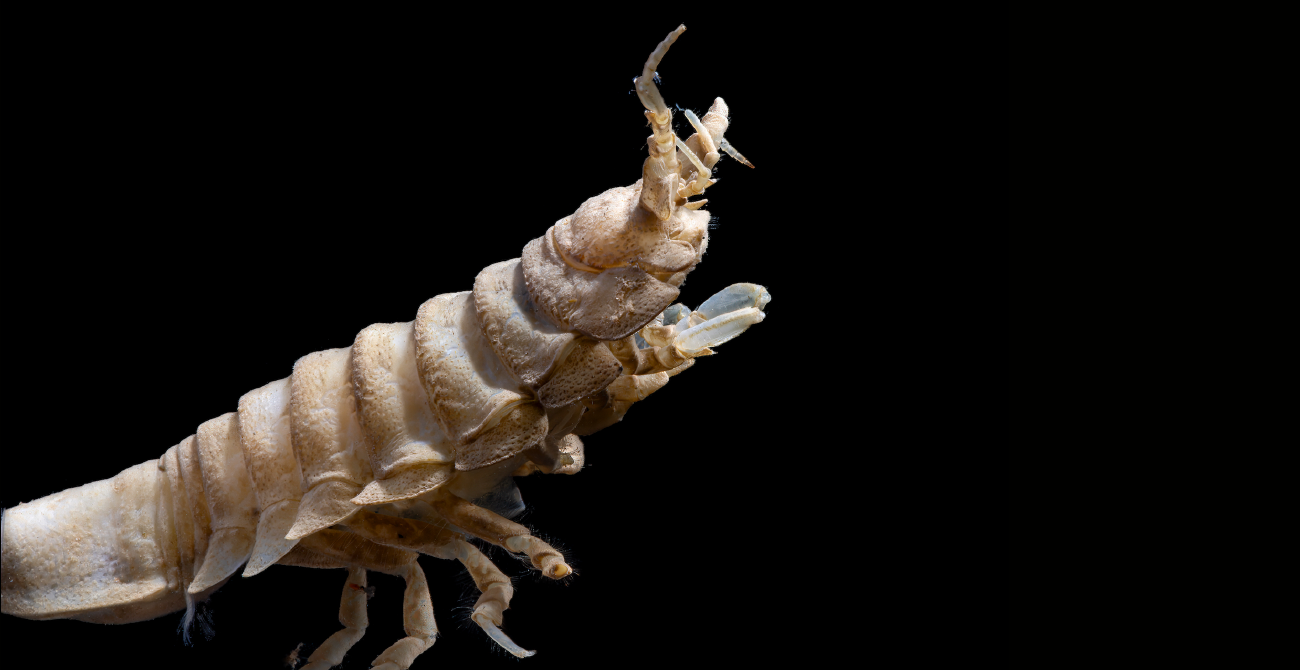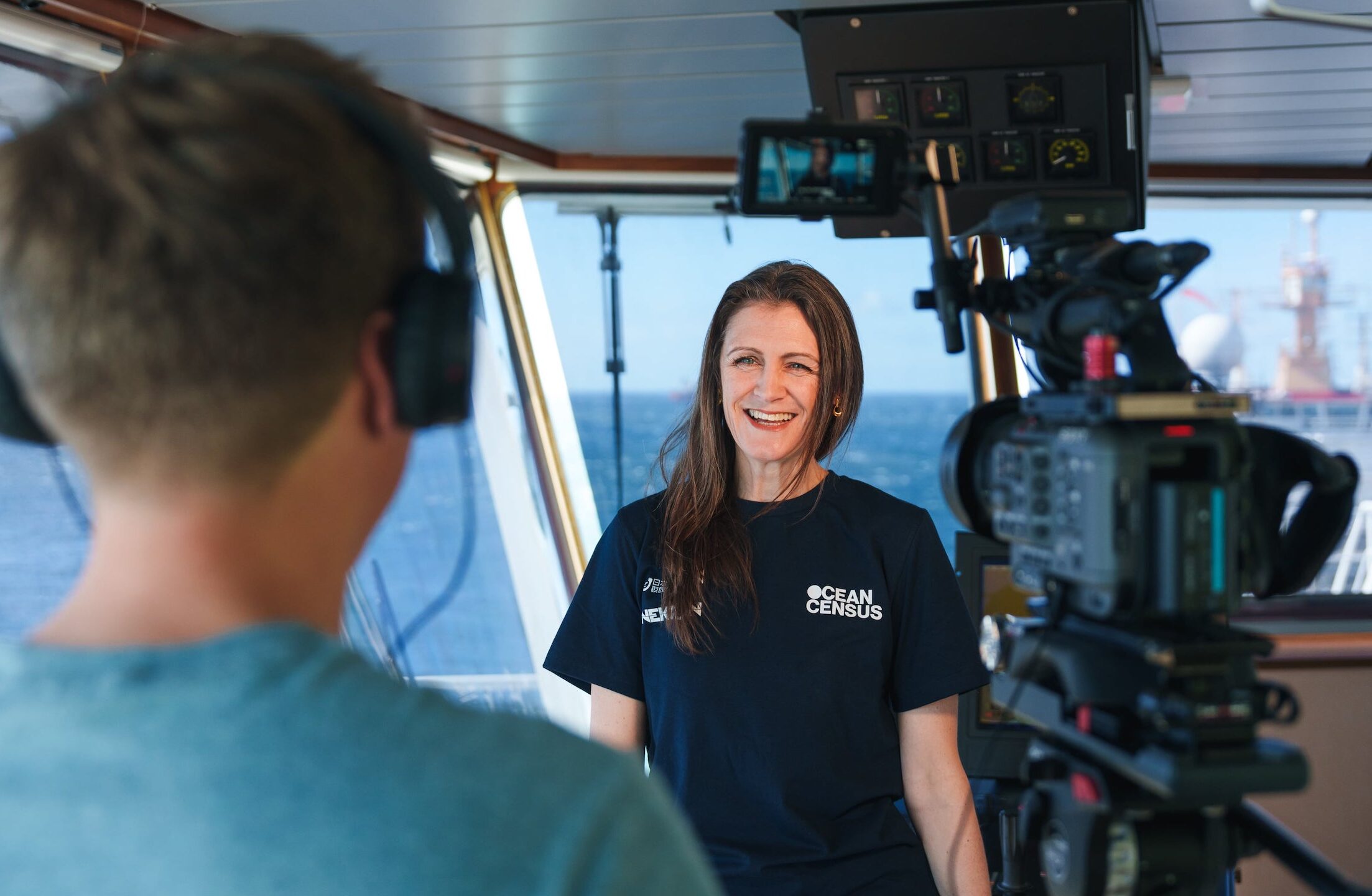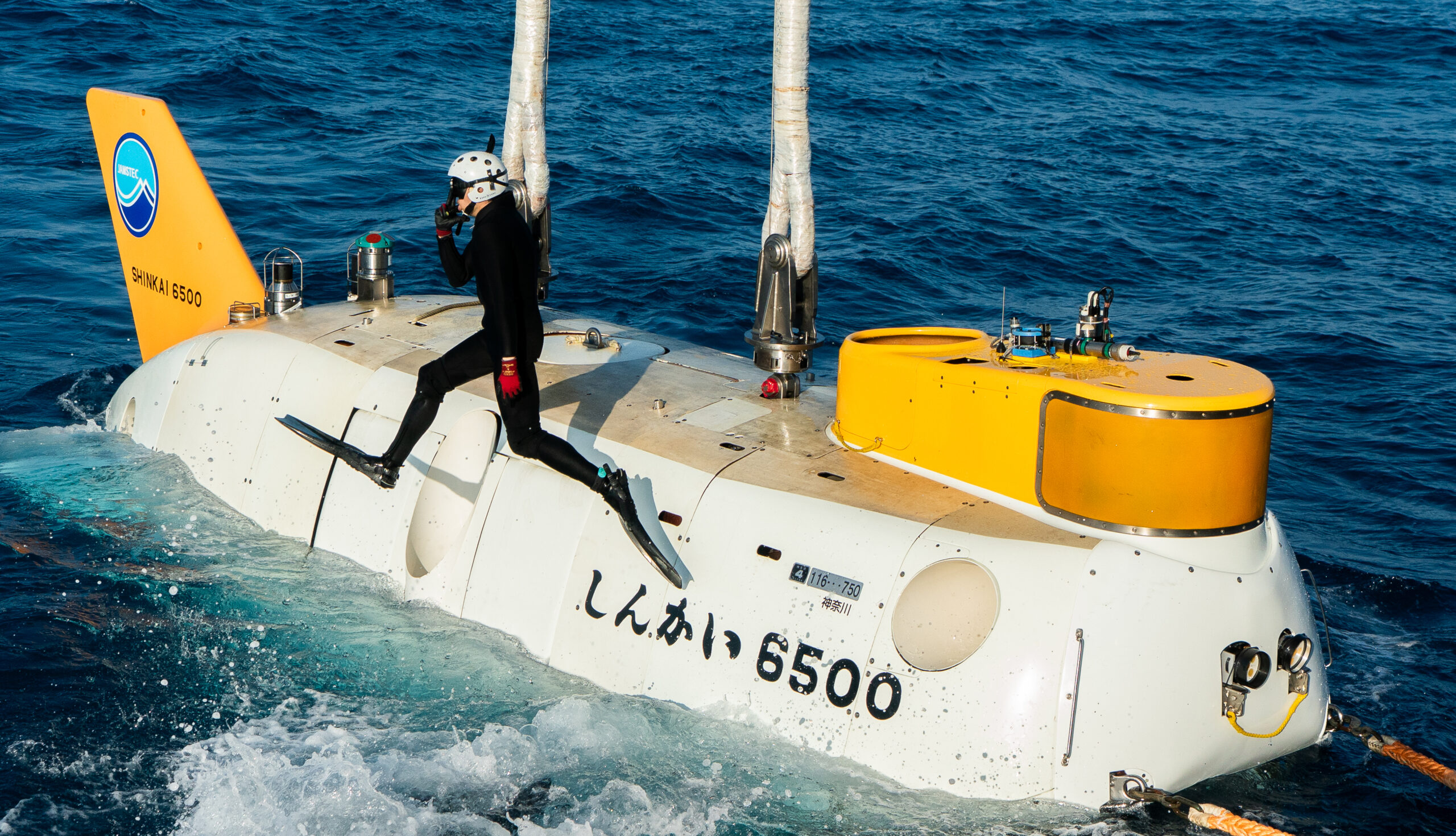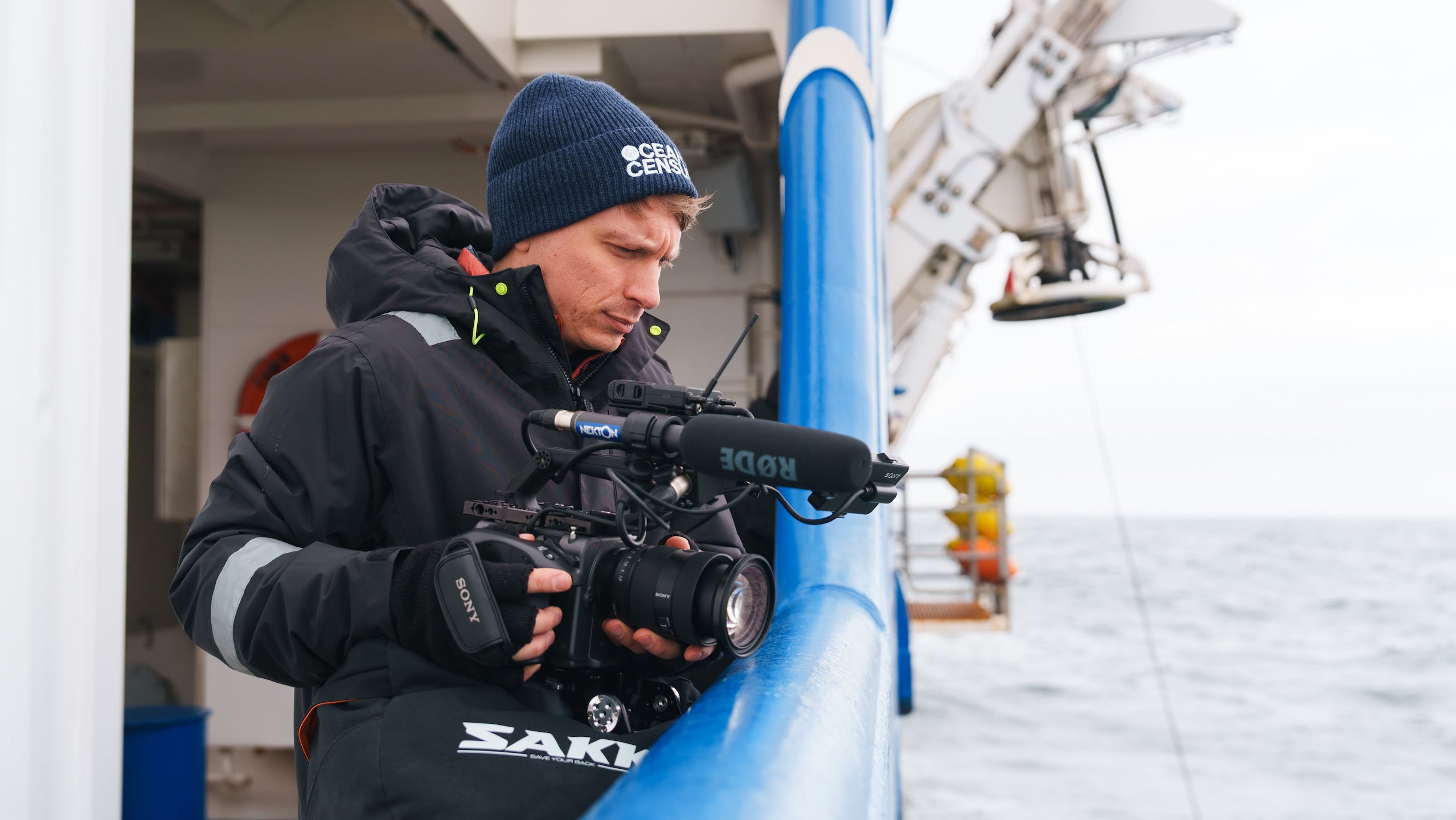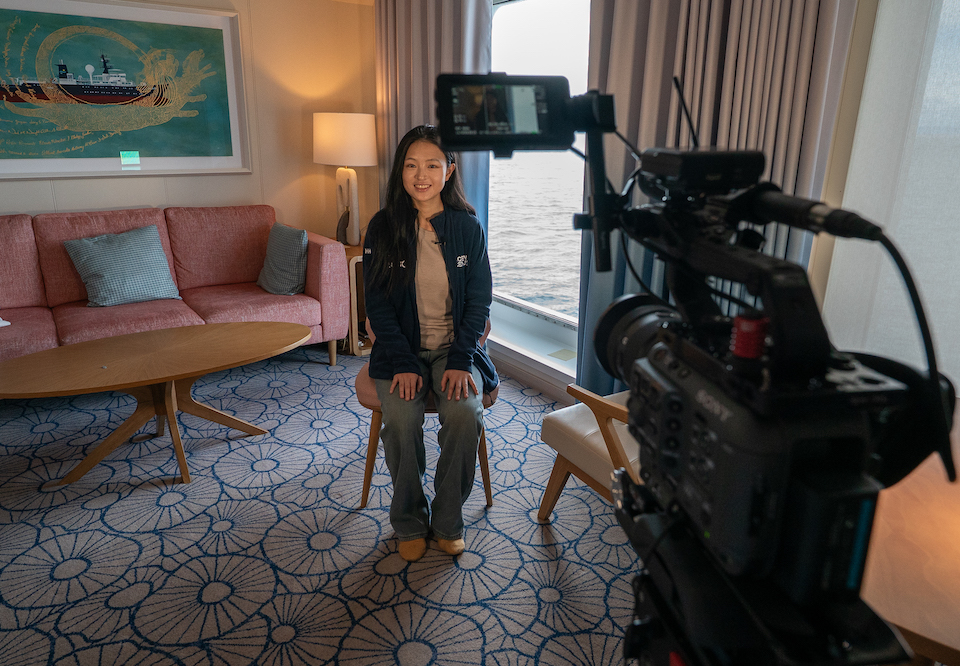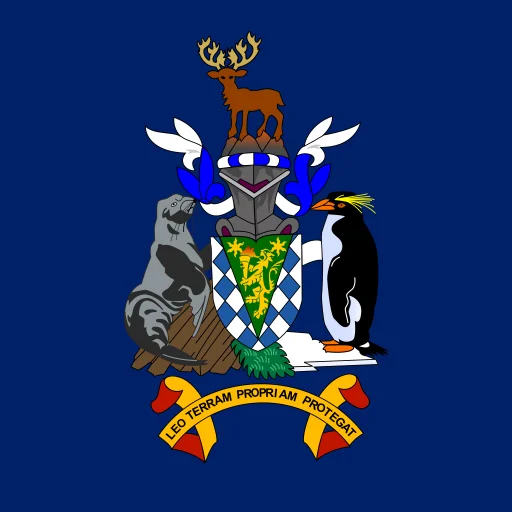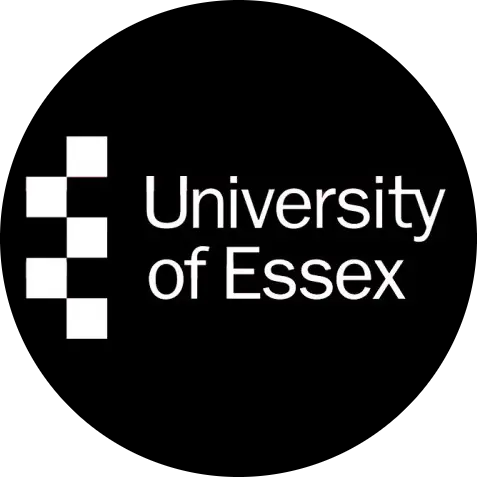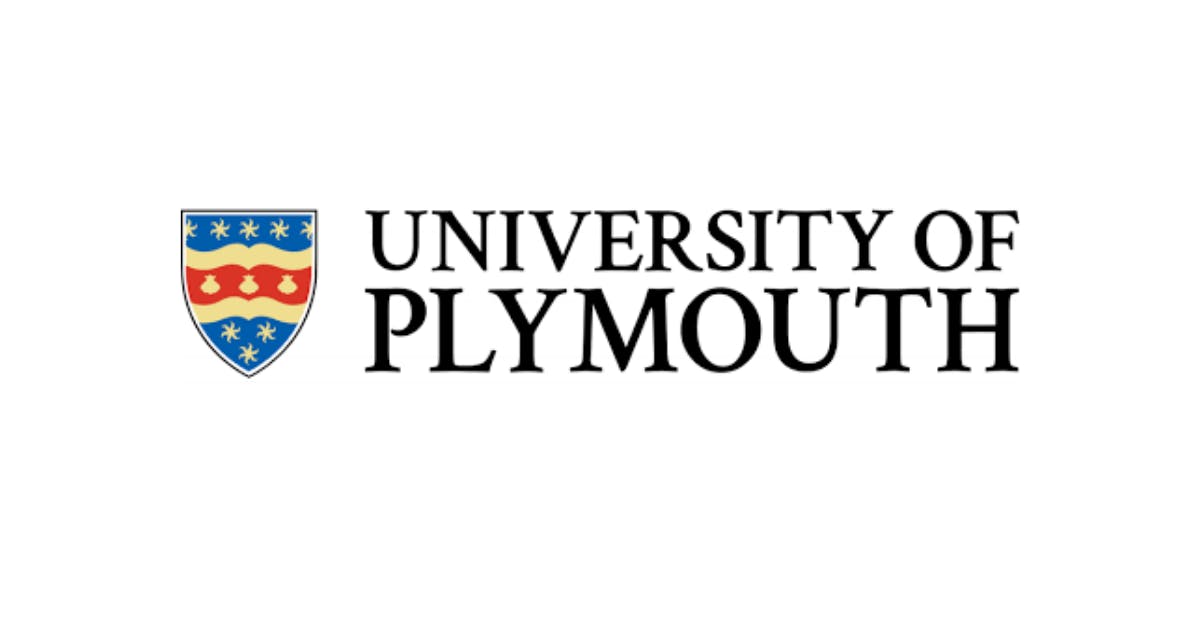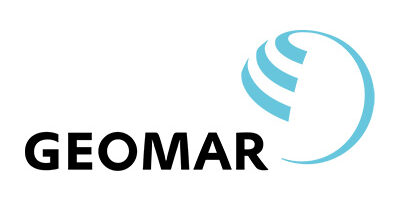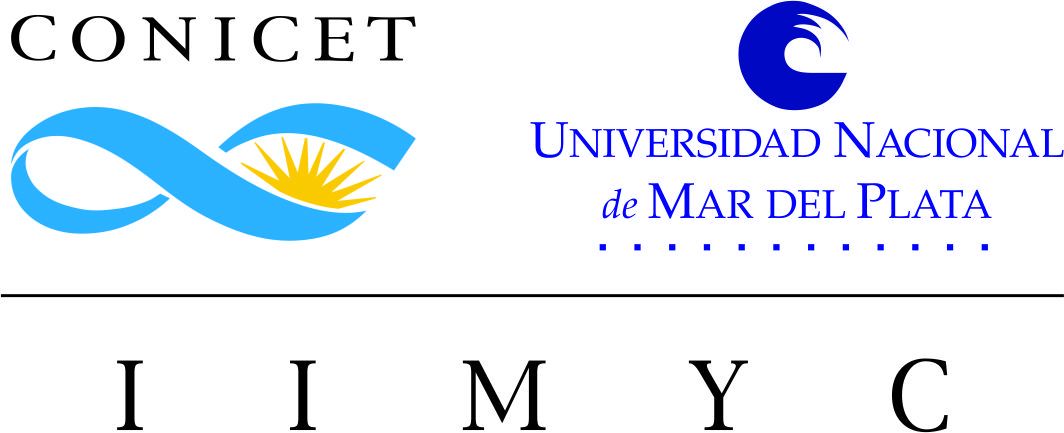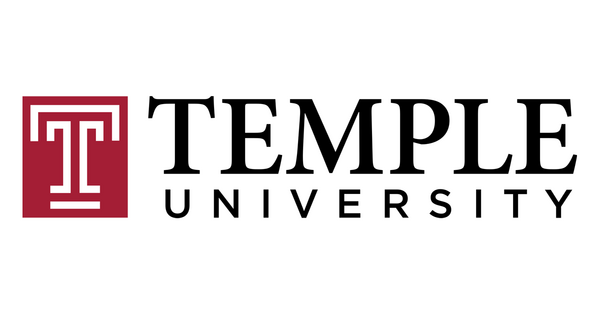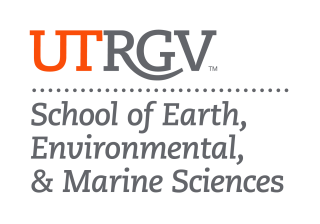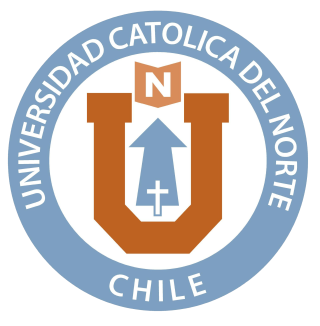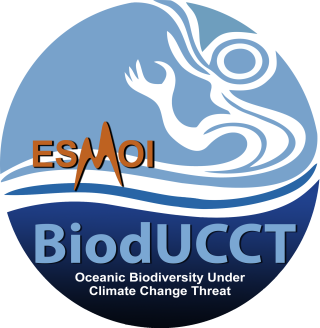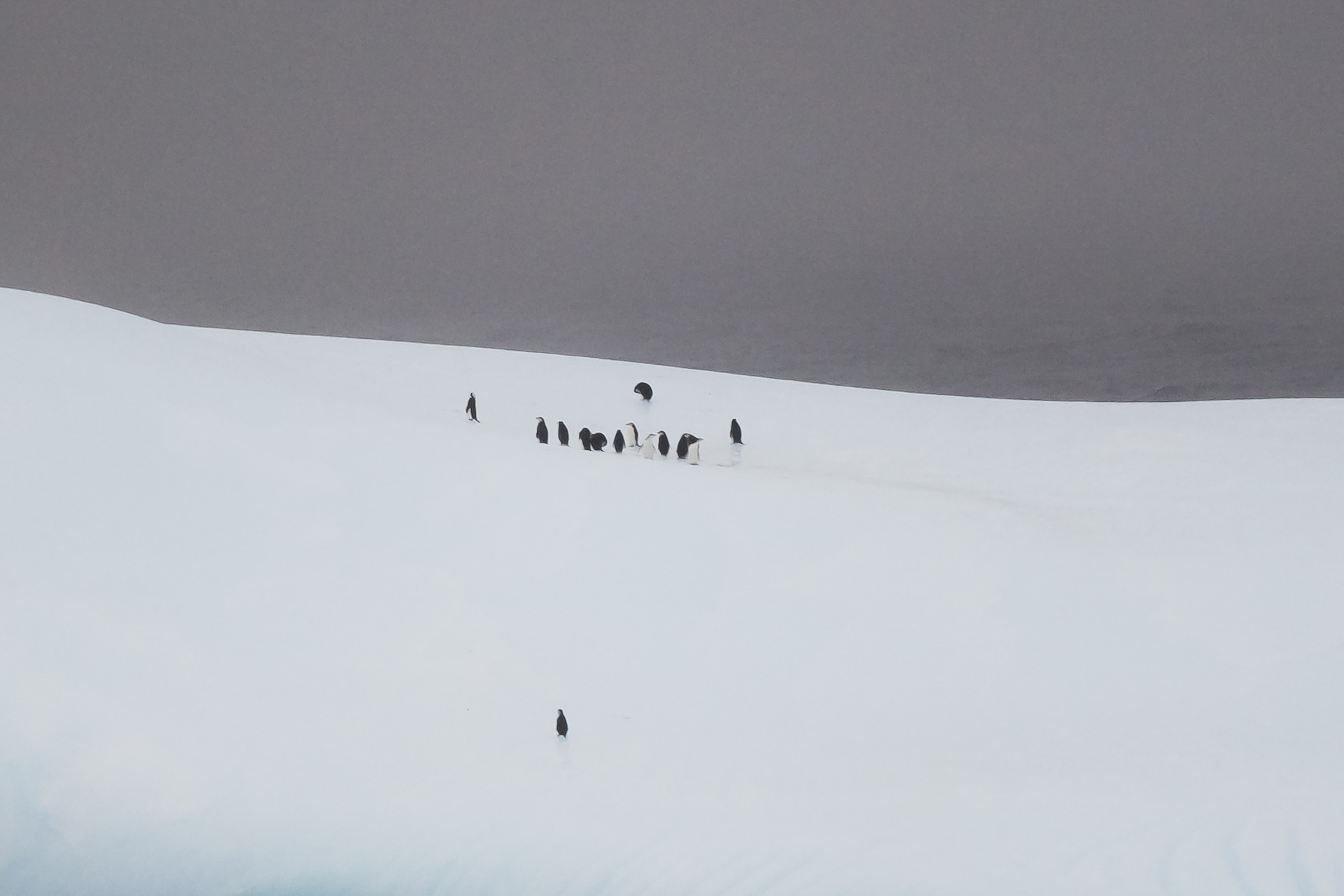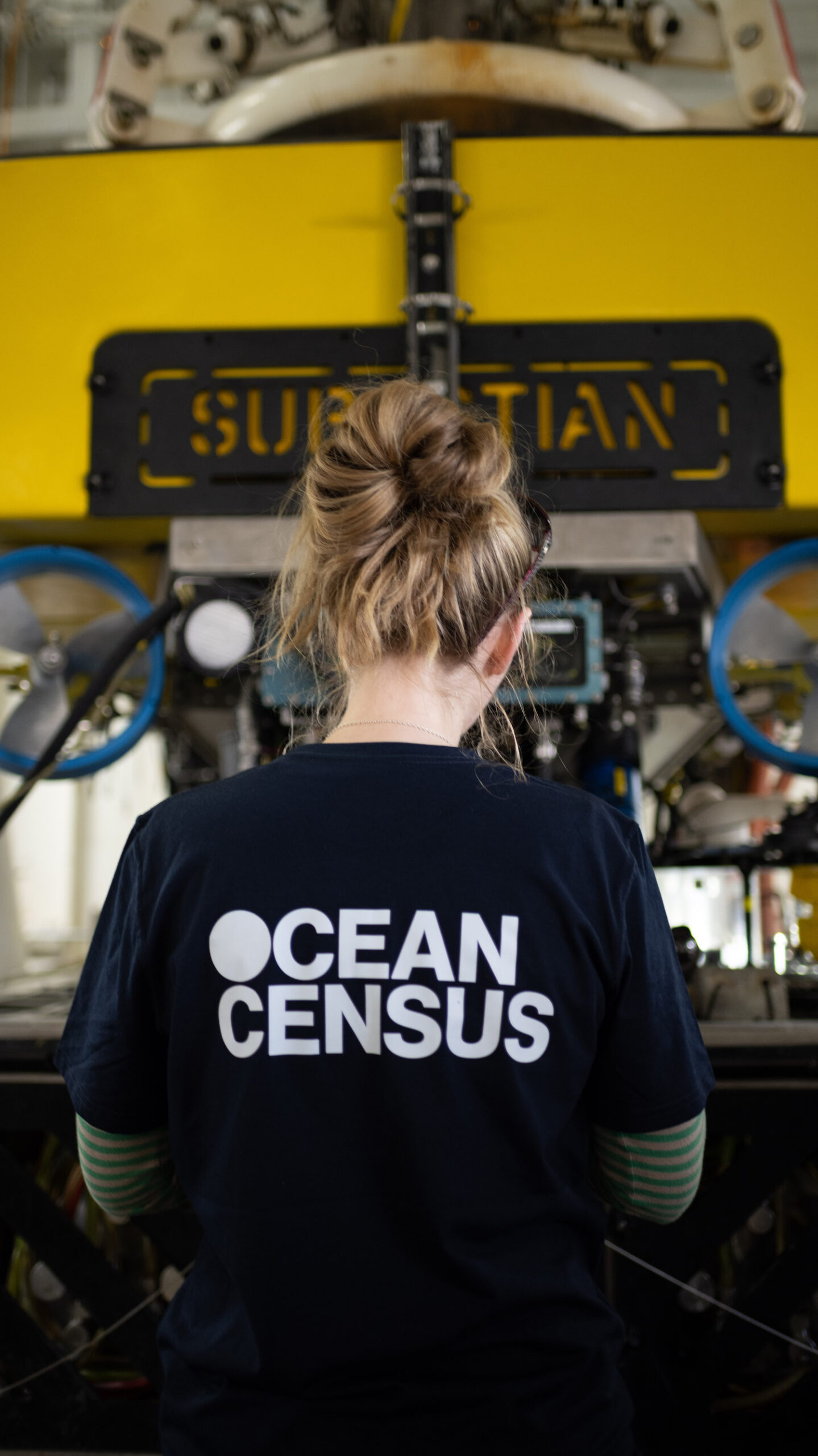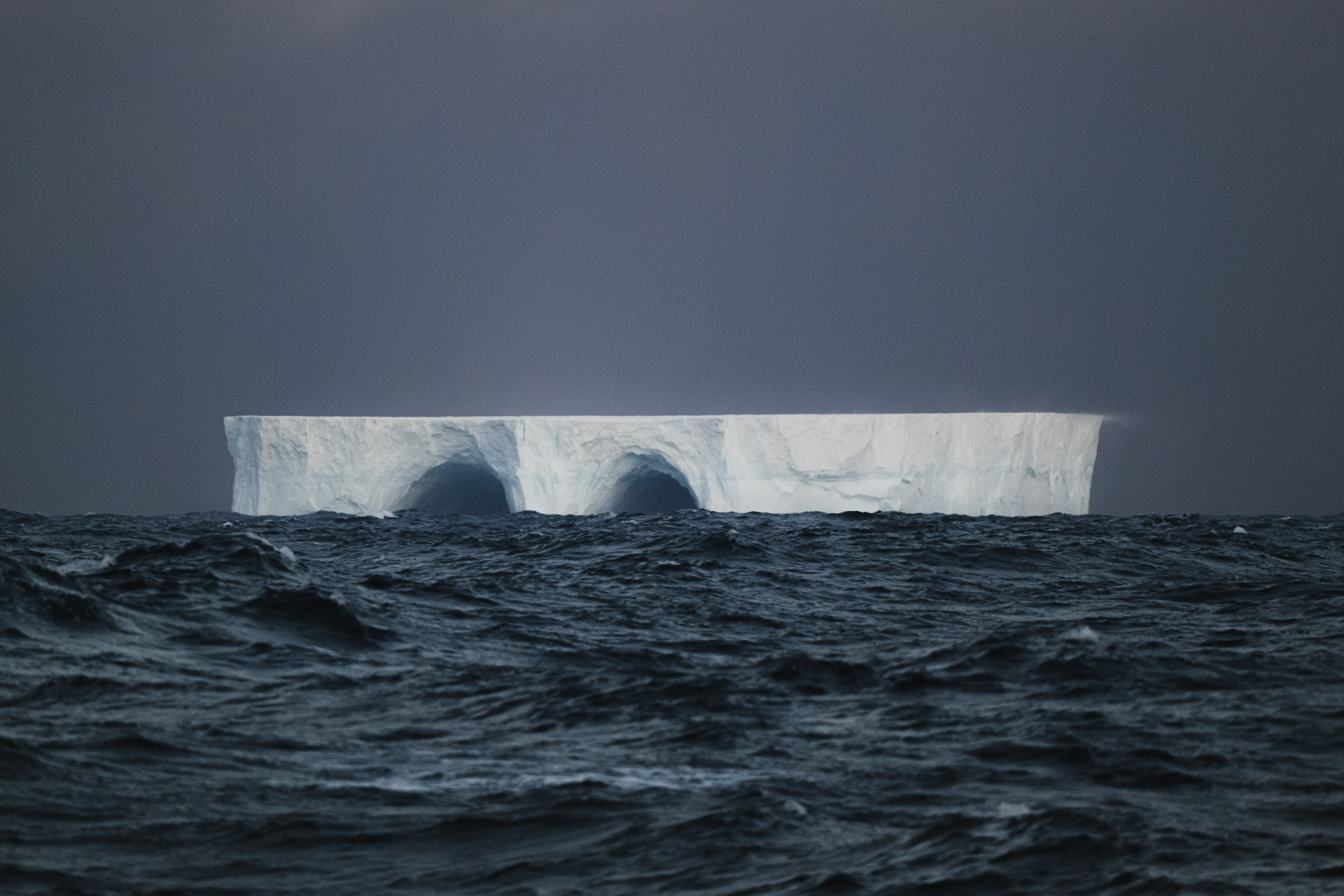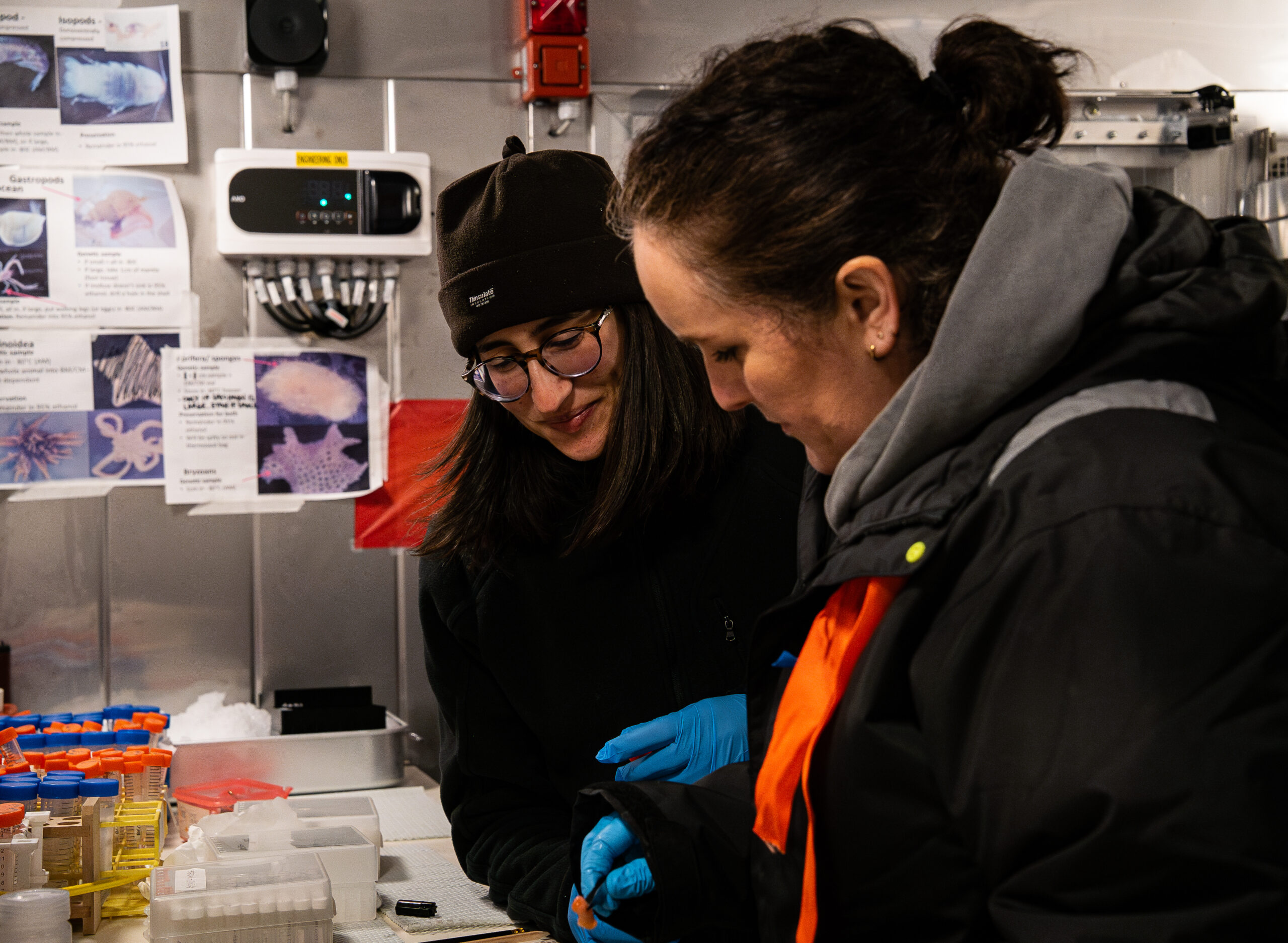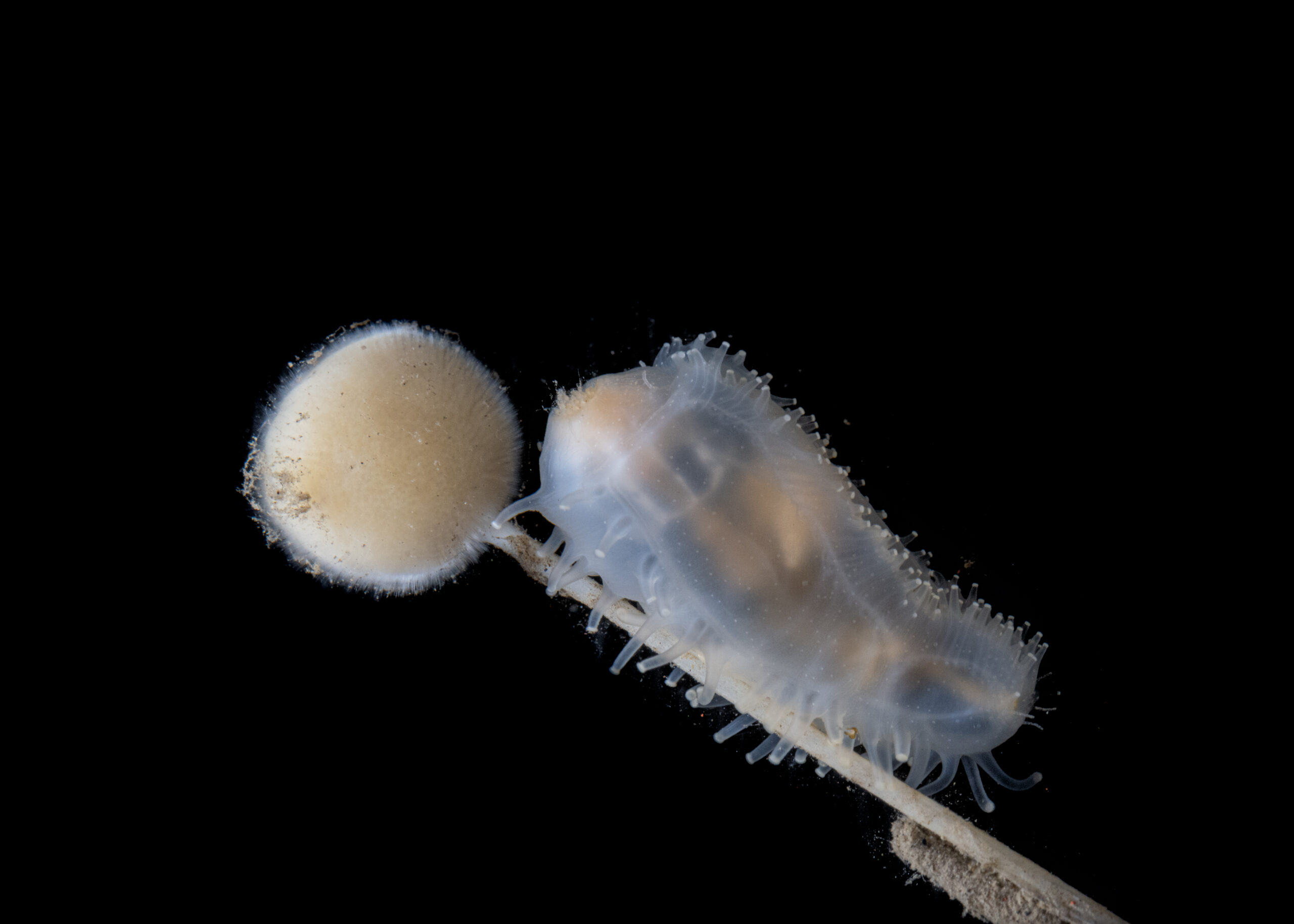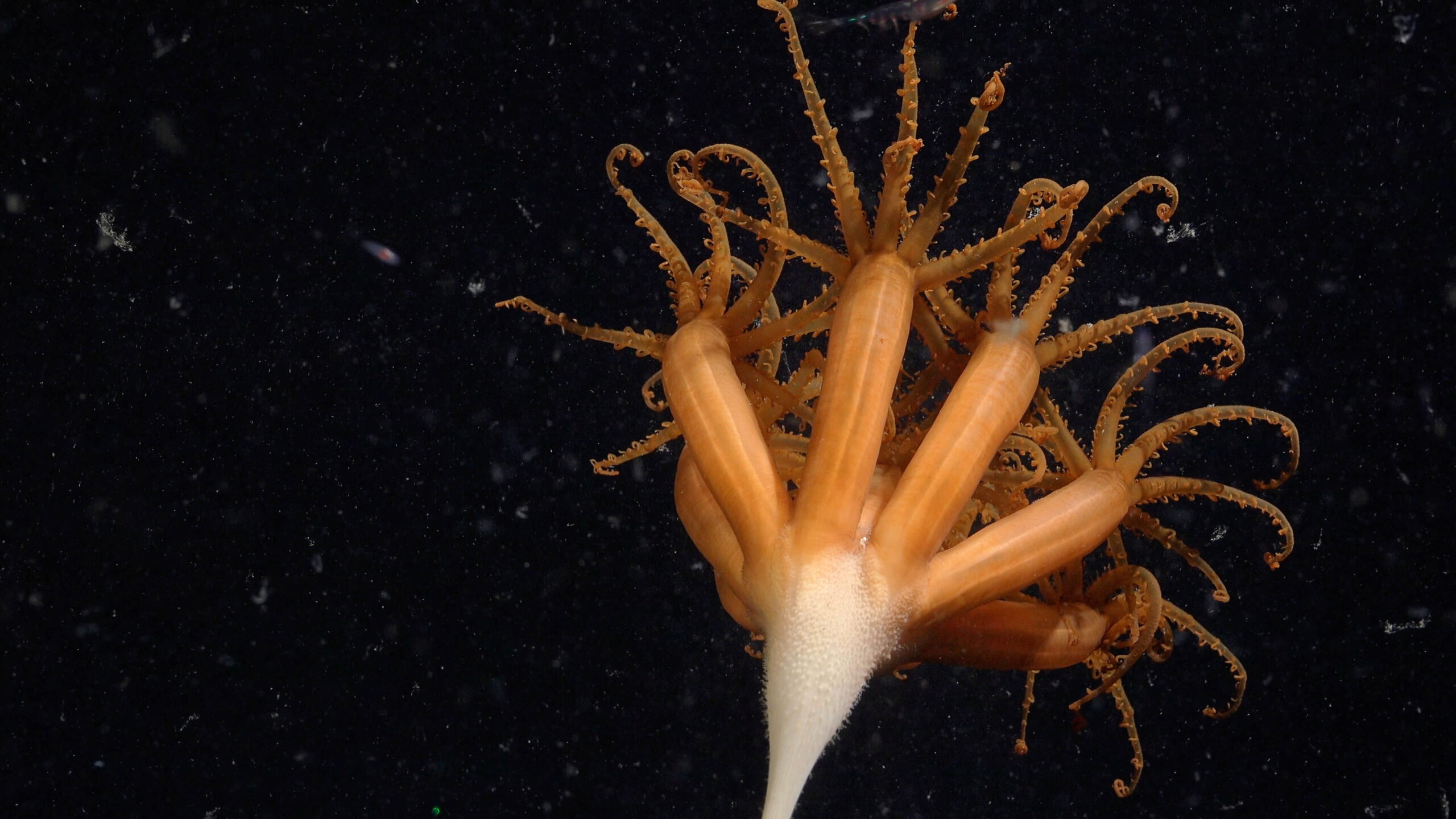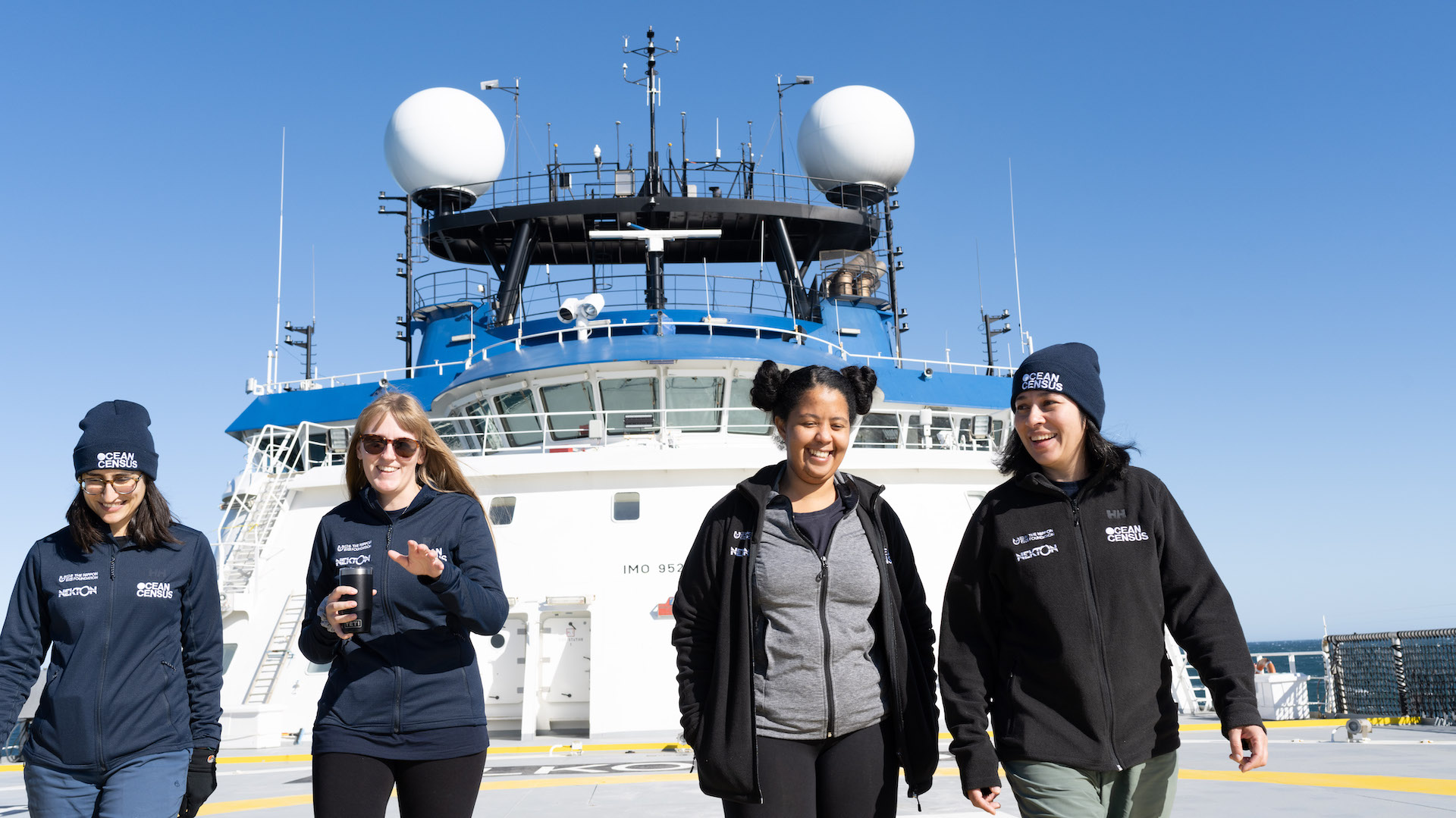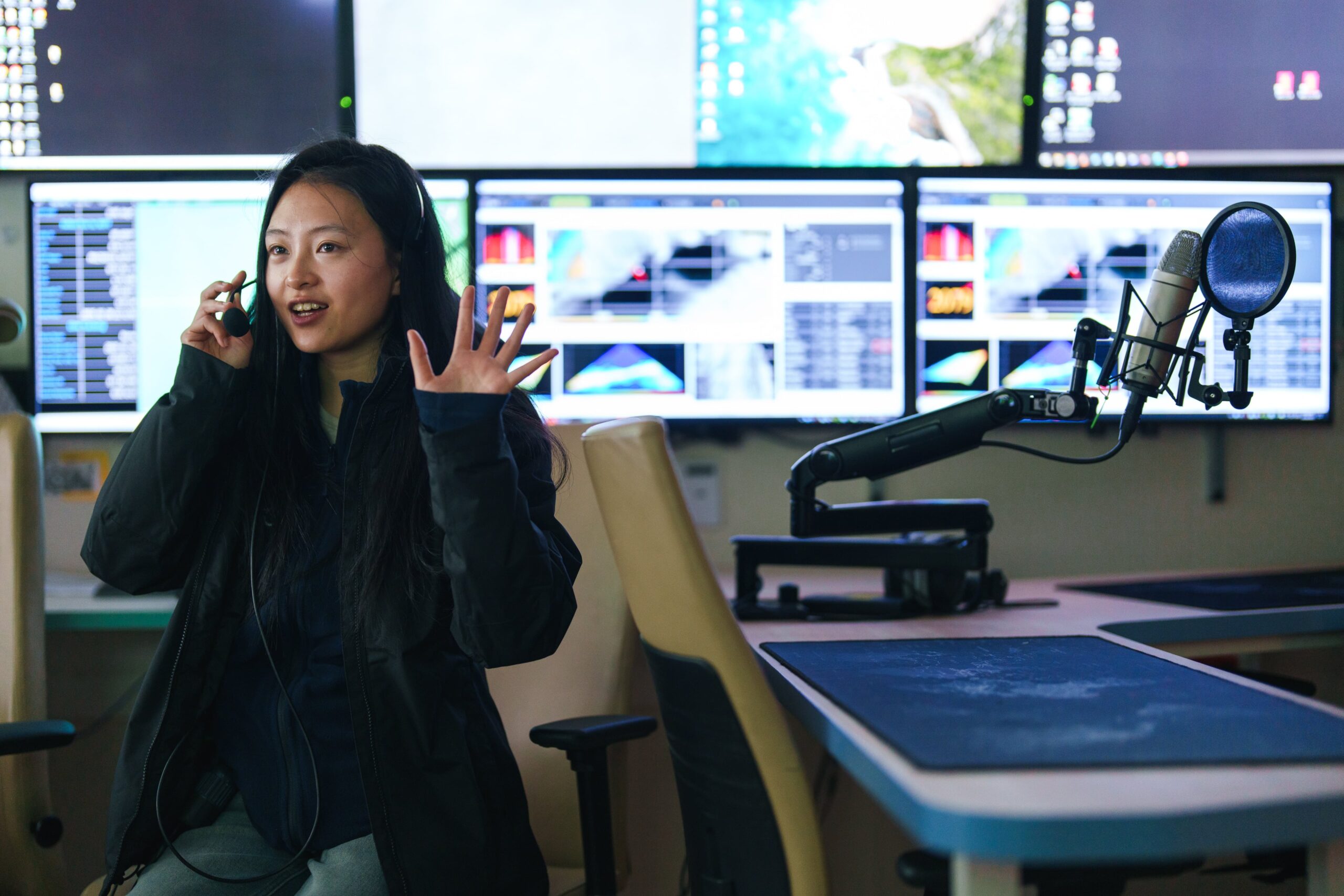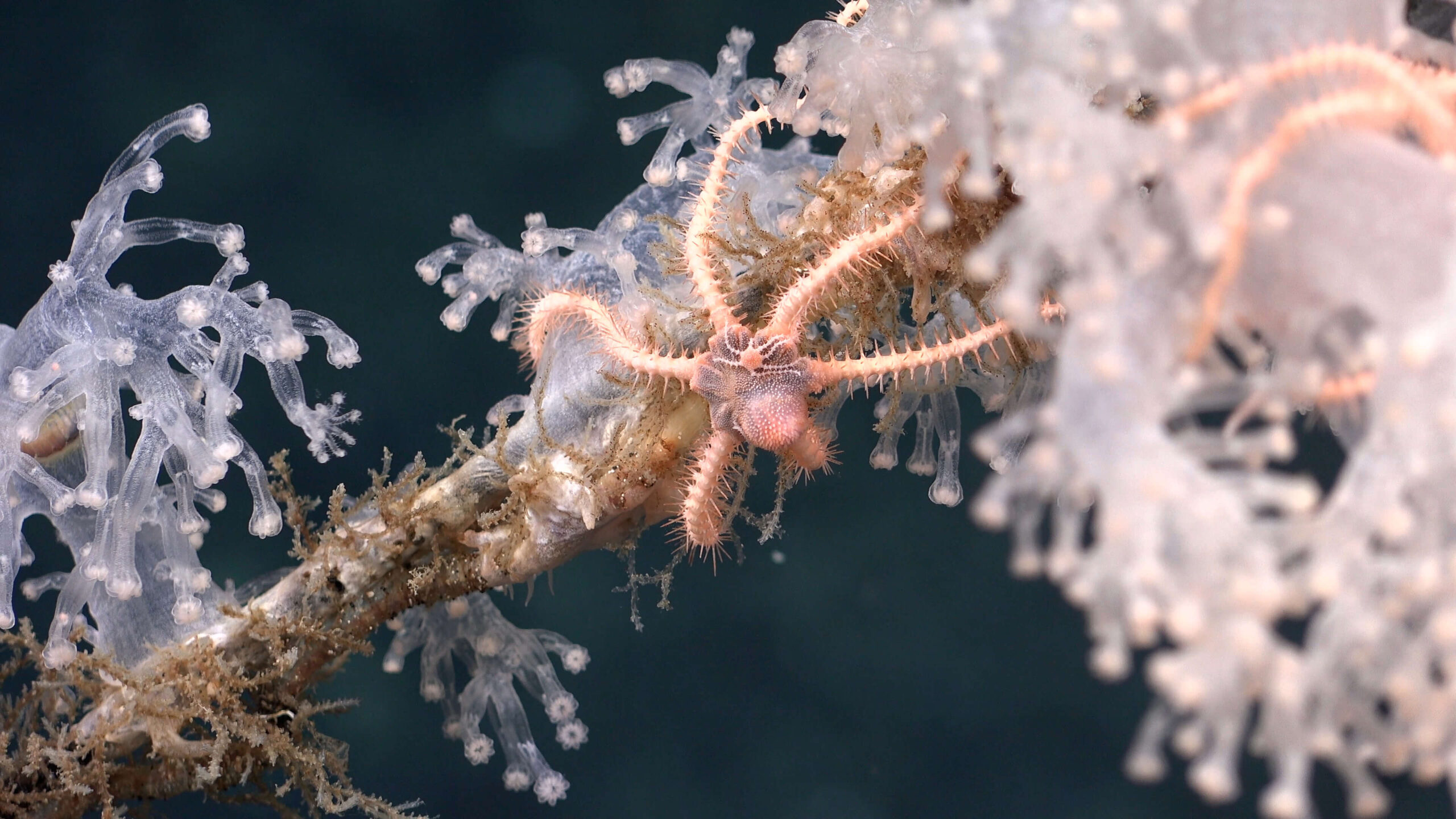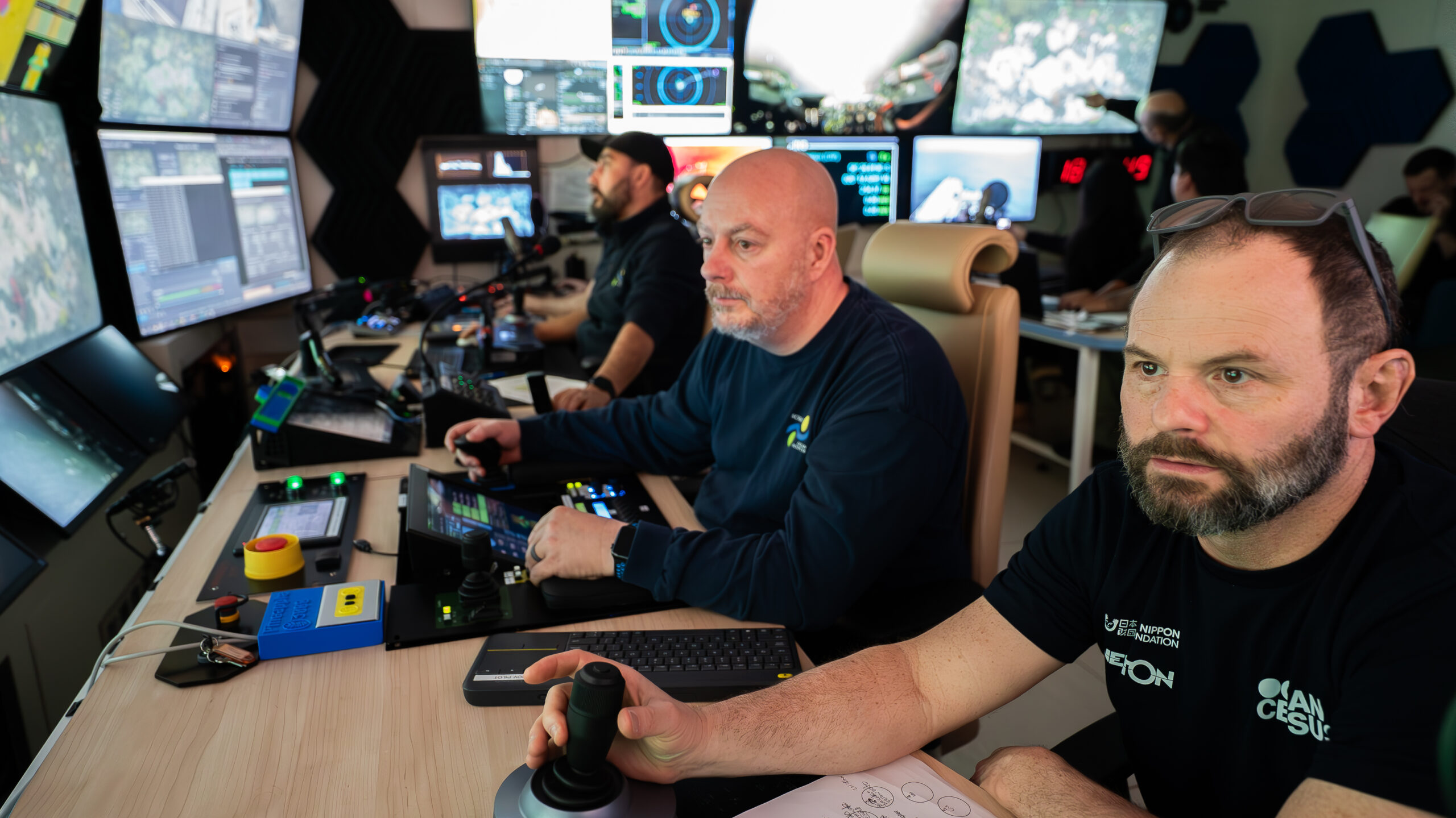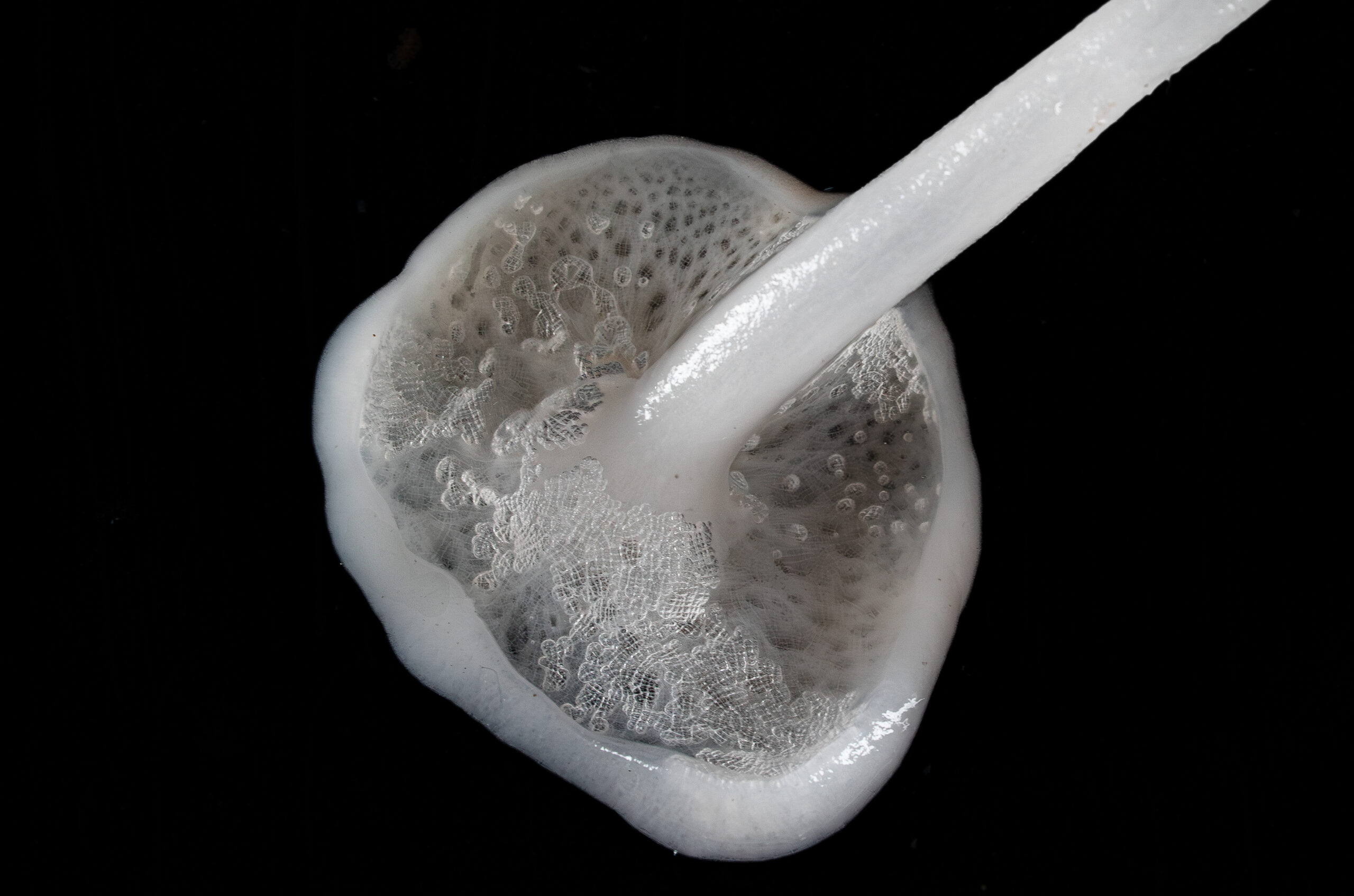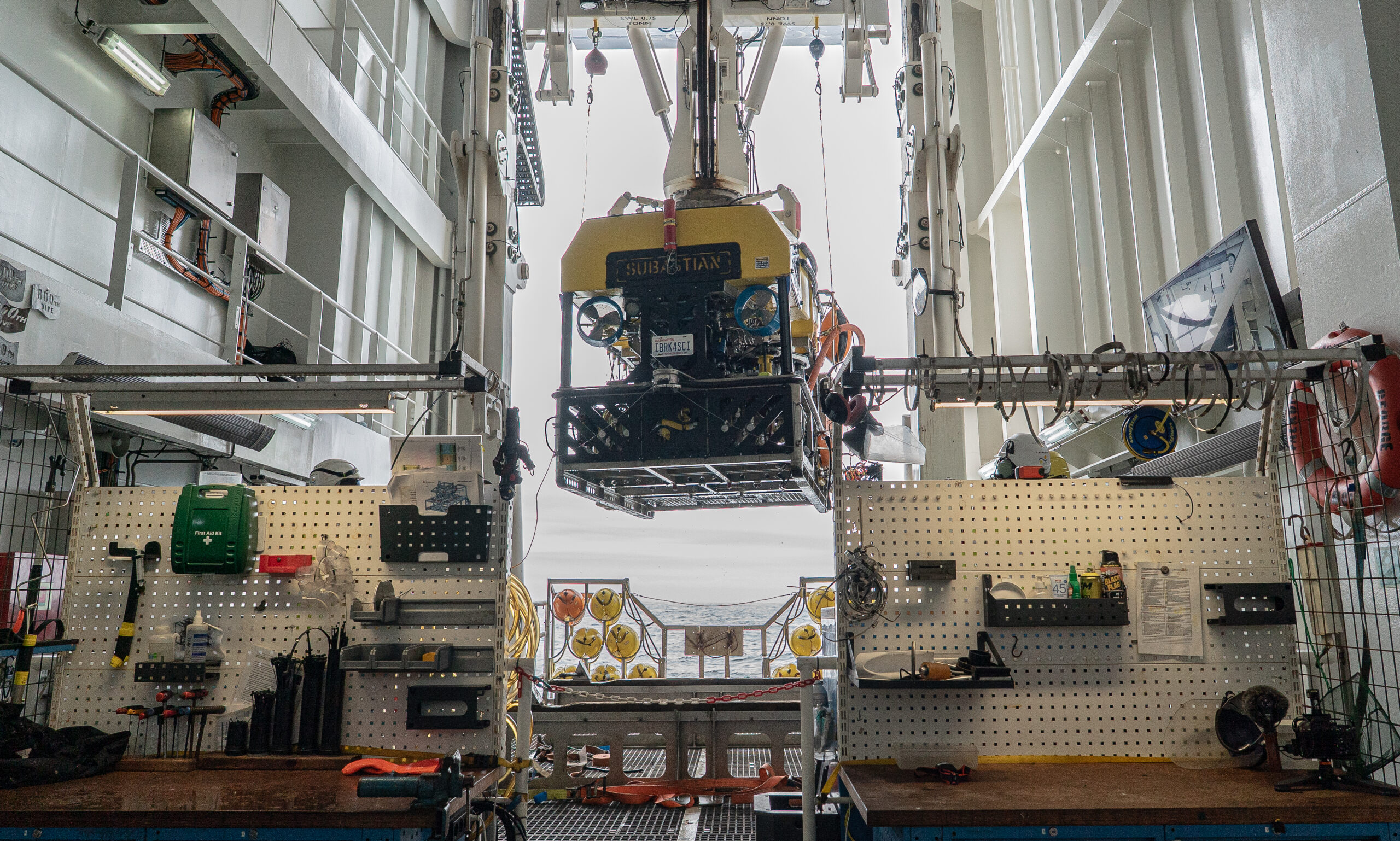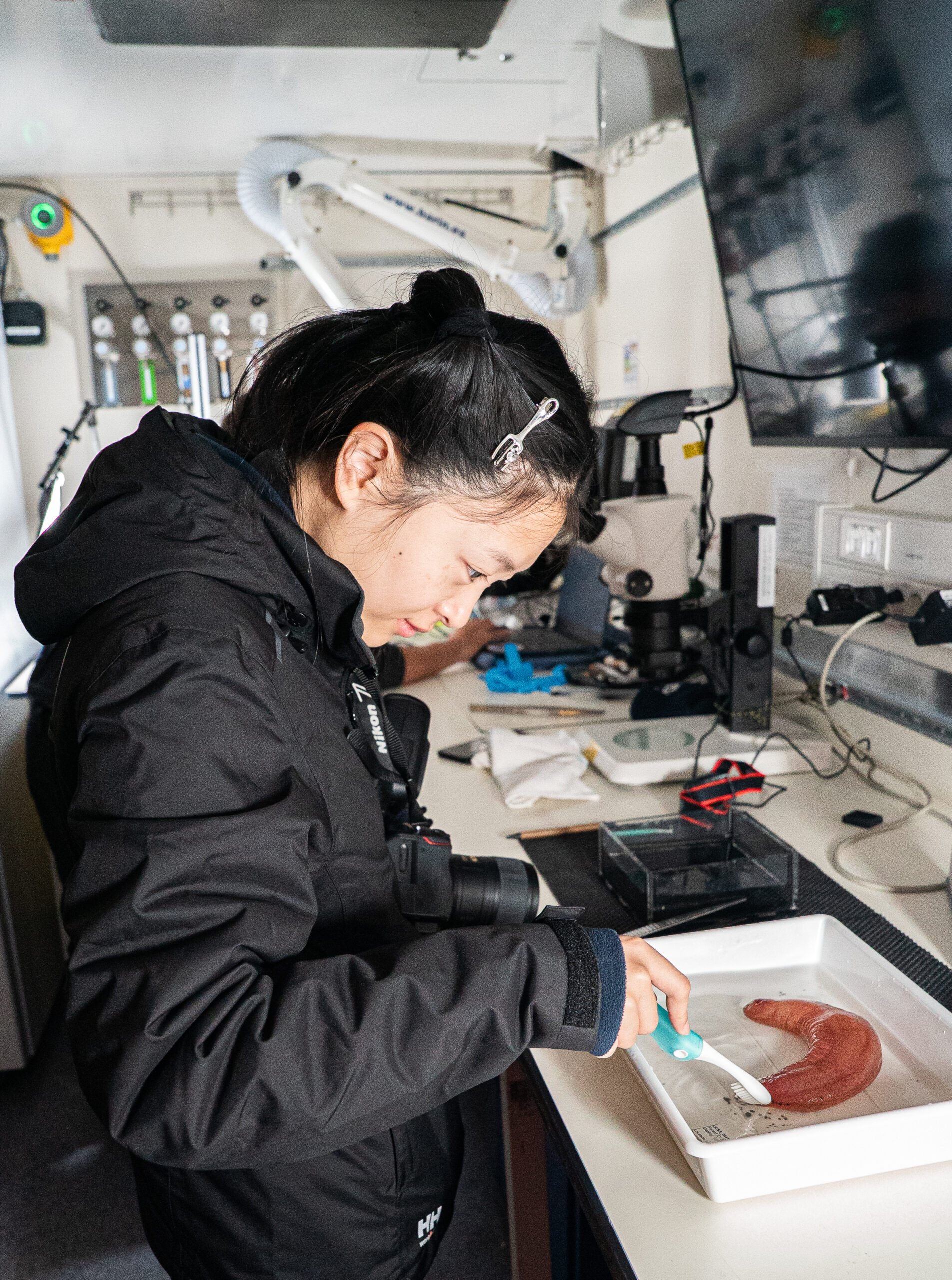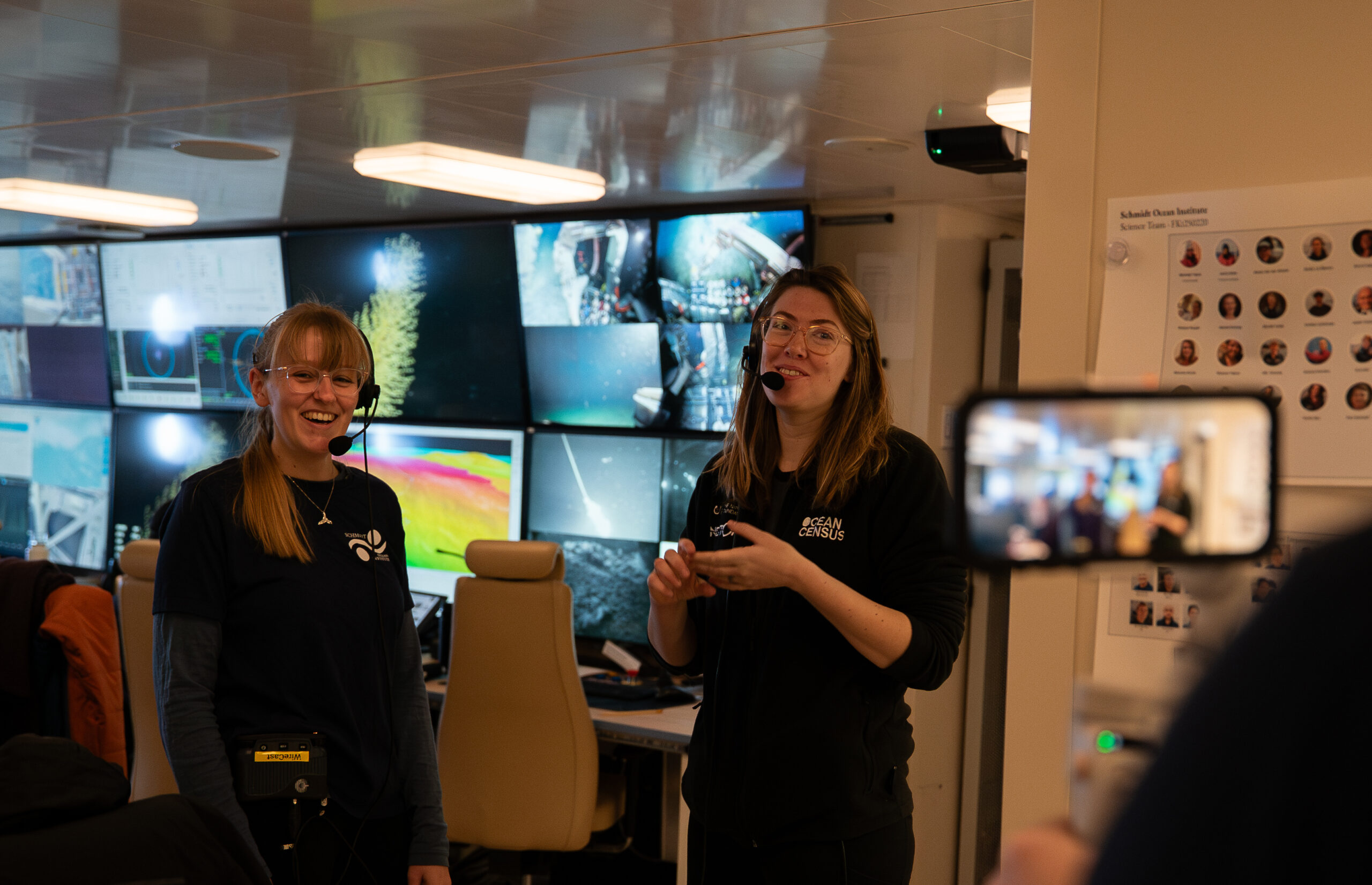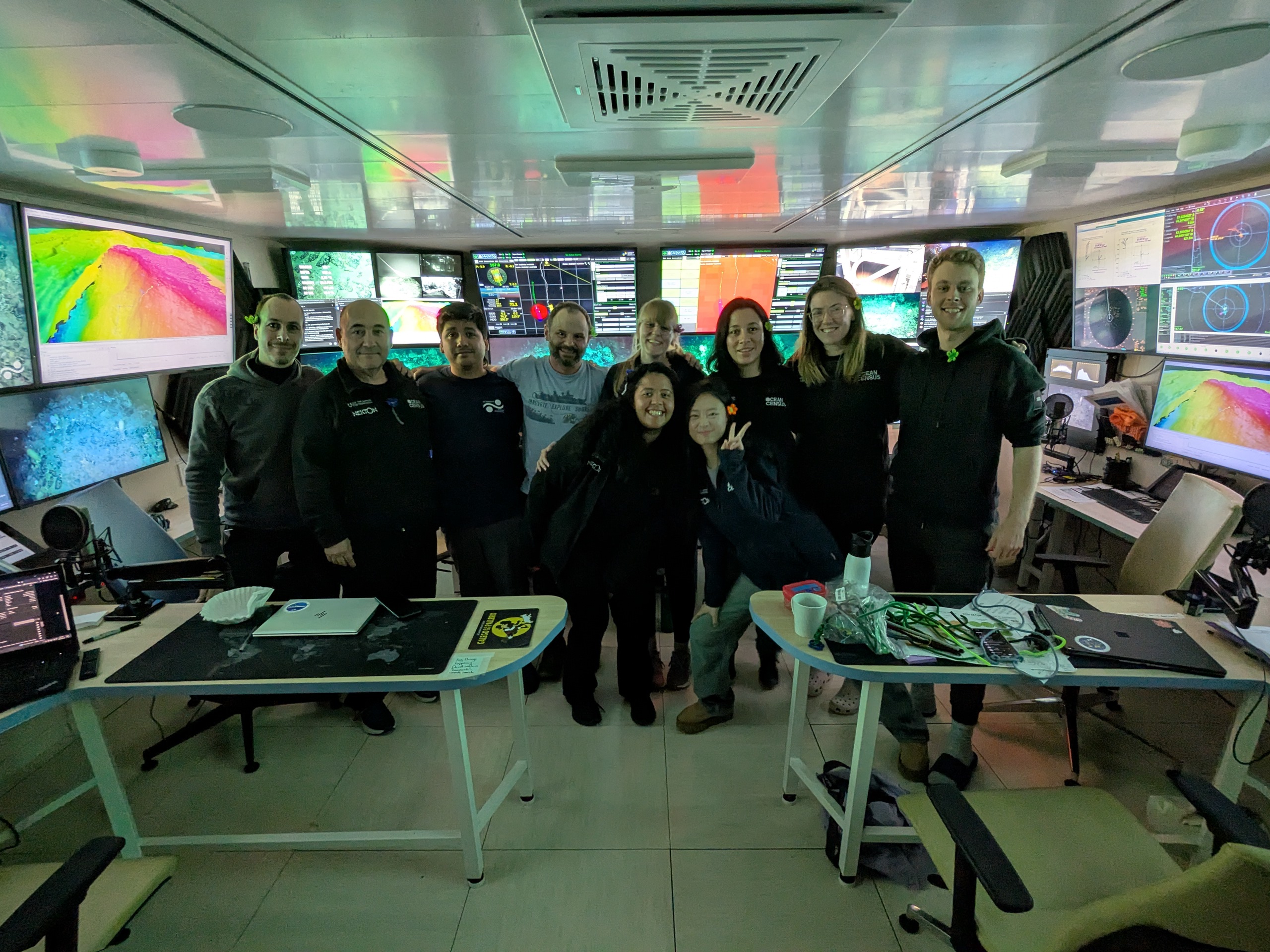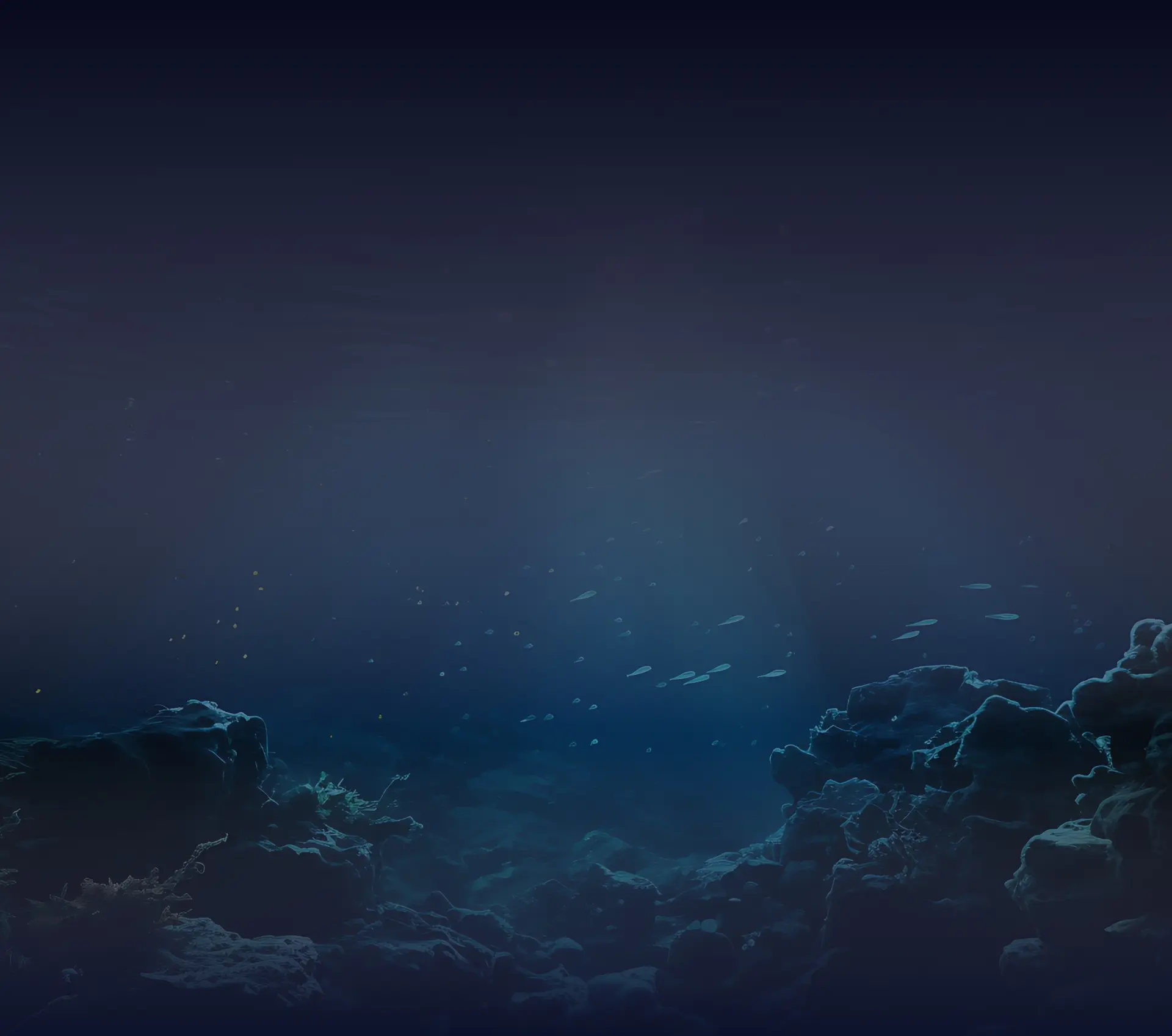

SOUTH SANDWICH ISLANDS
ATLANTIC OCEAN
Searching for New Species in the South Sandwich Islands is a 35-day research mission that brings together Schmidt Ocean Institute (SOI), The Nippon Foundation-Nekton Ocean Census, GoSouth (University of Plymouth, British Antarctic Survey, and GEOMAR), and the Government of South Georgia and the South Sandwich Islands (GSGSSI).

Mission Guide
Situated between South America’s Cape Horn and the Antarctic Peninsula lies the Scotia Tectonic Plate, a region shaped by powerful tectonic forces. These forces have created an array of geological features, including hadal zone trenches, underwater volcanoes, and spreading centres.
To the far east of this dynamic seascape are the South Georgia and South Sandwich Islands, two of the most remote island chains on Earth. Their seamounts, hydrothermal vents, and deep-sea trenches are home to exceptionally high levels of endemism, supporting species found nowhere else in the world.
Mission facts
Dates
20 February – 26 March 2025
Duration
33 days
Location
South Sandwich Islands
Type
Flagship
Image credits
British Antarctica Survey (Photo: Mark Belchier)

Mission brief
The expedition, led by Dr Michelle Taylor (University of Essex), President of the Deep-Sea Biology Society and Senior Lecturer at the University of Essex, aims to map deep-sea habitats and document new species from this rarely visited region of the Southern Ocean. Concurrently, Dr Jenny Gales leads the GoSouth initiative, a collaboration between the University of Plymouth, GEOMAR, and the British Antarctic Survey. This team will survey volcanic flanks to assess the influence of volcanic and earthquake activity on marine ecosystems. Their research will also investigate submarine geohazards, including landslides, tsunamis, and underwater eruptions.
The joint mission aims to map subsea areas and document and sample new marine species using the state-of-the-art science-class ROV SuBastian, capable of reaching depths of 4,500 metres. This advanced tool allows the team to collect biological samples and capture high-resolution imagery of deep-sea ecosystems.
Mission to Discover: Sessile Megafauna; sponges (inc. carnivorous species), corals (octocorals, black corals, stylasterids), anemones, hydroids and bryozoans. Associated Species; opiuroidea (brittle stars), crustaceans such as squat lobsters and shrimps, amphipods, isopods and molluscs (snails and bivalves). Mobile Megafauna; holothuroidea (sea cucumbers), asteroidea (sea stars) and crabs (likely spider crabs). Macrofauna & Meiofauna; molluscs, pericarid crustaceans, nematodes, kinorhynch and copepods.
Mission Objectives: Combining multi-disciplinary research, species discovery, knowledge exchange and public engagement.
Science: Collect and identify specimens across a range of taxa that are or are likely to be species new to science, as decreed by a relevant scientific expert.
Discovery: To investigate species diversity in the under-researched oceanic environment off of the South Sandwich Islands.
High Resolution Imagery: To utilise the deployable photographic packages and equipment onboard RV Falkor (too) to obtain high-resolution underwater images of species in situ and to support scientific and public engagement activities.
Curate: To create an accessible collection of specimens, to be held by the UK and BOST of South Georgia and the South Sandwich Islands, providing opportunities to lead to a full new species descriptions.
Data: Ensure all data associated with sample collection is recorded and maintained for safe transfer off ship for use by all participating institutions on the expedition.
Media & Education: Engage in media outreach and educational activities to help raise awareness and understanding of marine life.
Knowledge Exchange: To promote cross-training in at-sea field skills and taxonomic techniques and encourage future collaboration between science participants.
Mission Partners
Click on key features
5 Thrusters
1 lateral, 2 axial, 2 vertical
Syntactic Foam
Maximises strength and buoyancy. Made from glass microspheres.
Configurable Skid
Removable tray to be filled by scientists with e.g. bio boxes.
4 Biological Boxes
Used for sample collection. Hydraulically operated. Thick insulation to maintain water temperature.
Science Cameras
2 x 4k high quality cameras, 4 x HD cameras, 4 x standard cameras
Manipulator Arms
Each arm moves 7 ways. Uses tools and collects samples. Hydraulically operated.
Lights
400,000 lumens – light intensity. 150 CAR high beams.
Sensors
CTD (conductivity, temperature, depth), 2 x different oxygen sensors, sound velocity probe, pressure sensor, temperature probe
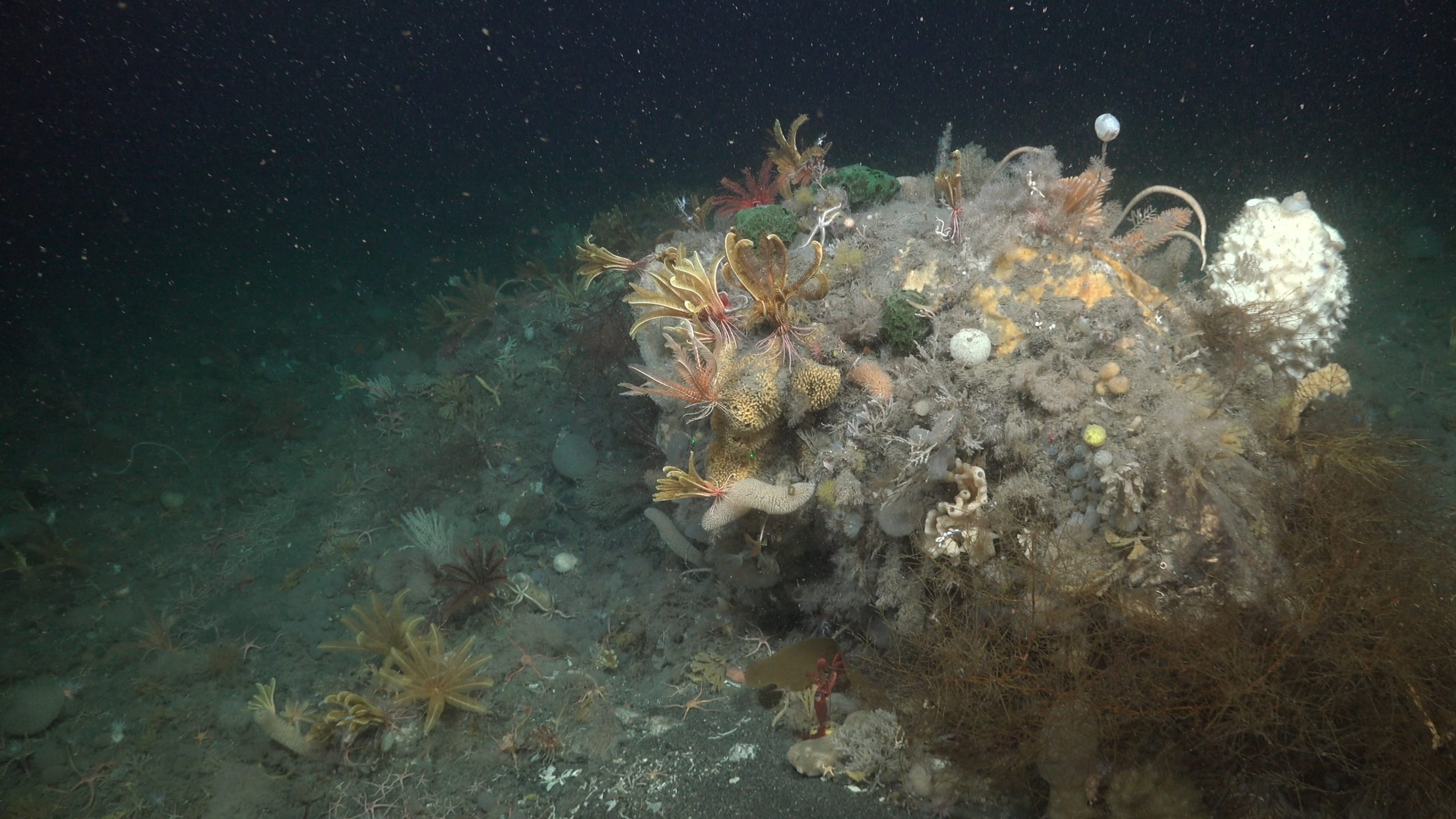
“For much of the expedition, the nearest humans to the team will be aboard the International Space Station, orbiting 400 kilometres above”
Scientific Context
In one of the most isolated regions on Earth, the South Sandwich Islands’ ecosystems are among the least studied globally.
The islands lie at the intersection of the Antarctic Circumpolar Current. This current creates distinct temperature boundaries that shape biodiversity and species adaptations. By sampling on both sides of this boundary, to the north and south, the team will compare how environmental conditions influence the evolution of life in these extreme habitats.
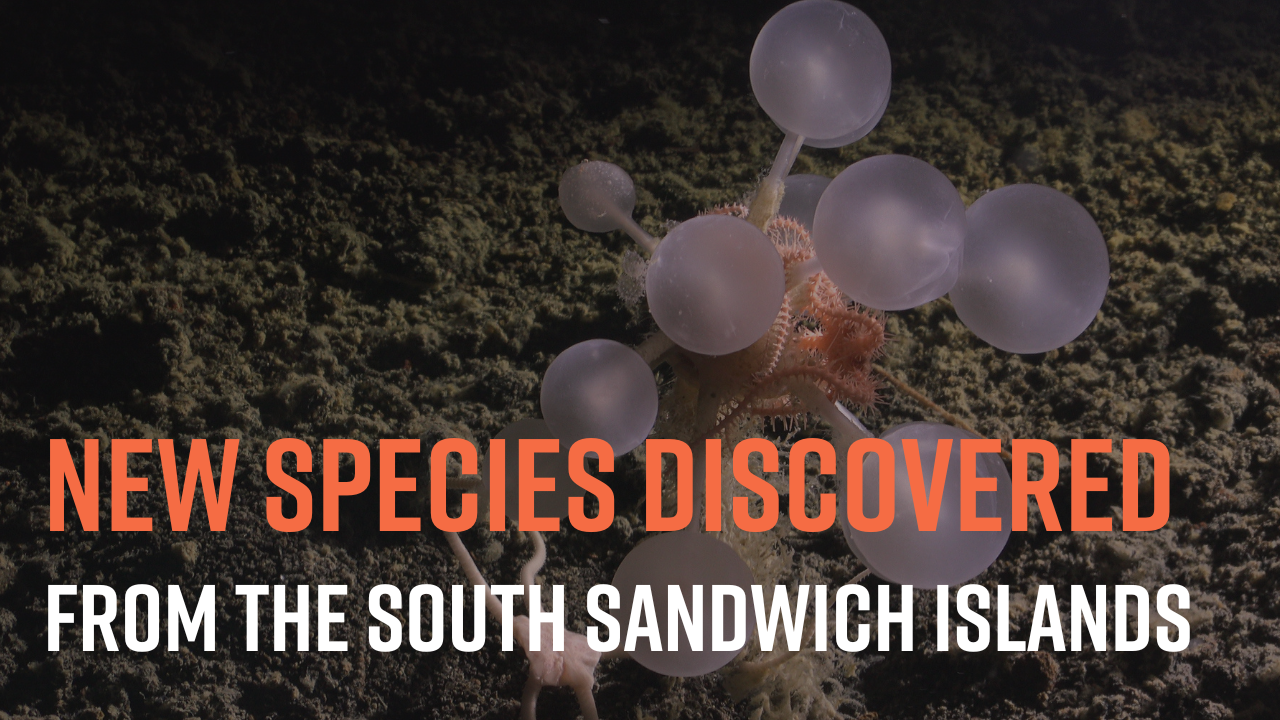


News
Legacy
All expedition data will be owned by GSGSSI and the UK. Biological specimens will undergo analysis at a taxonomic workshop hosted by the University of Magallanes in Chile, with long-term curation at the Natural History Museum in London and the South Georgia Museum.
As an endorsed UN Ocean Decade Programme, the Ocean Census initiative coordinates an international alliance of research institutes, scientists, governments, and organisations. Its mission is to accelerate the discovery of marine biodiversity and create the most comprehensive census of ocean life ever undertaken.

Join the census
The Ocean Census Alliance unites national and philanthropic marine institutes, museums, and universities, backed by governments, philanthropy, business and civil society partners.
